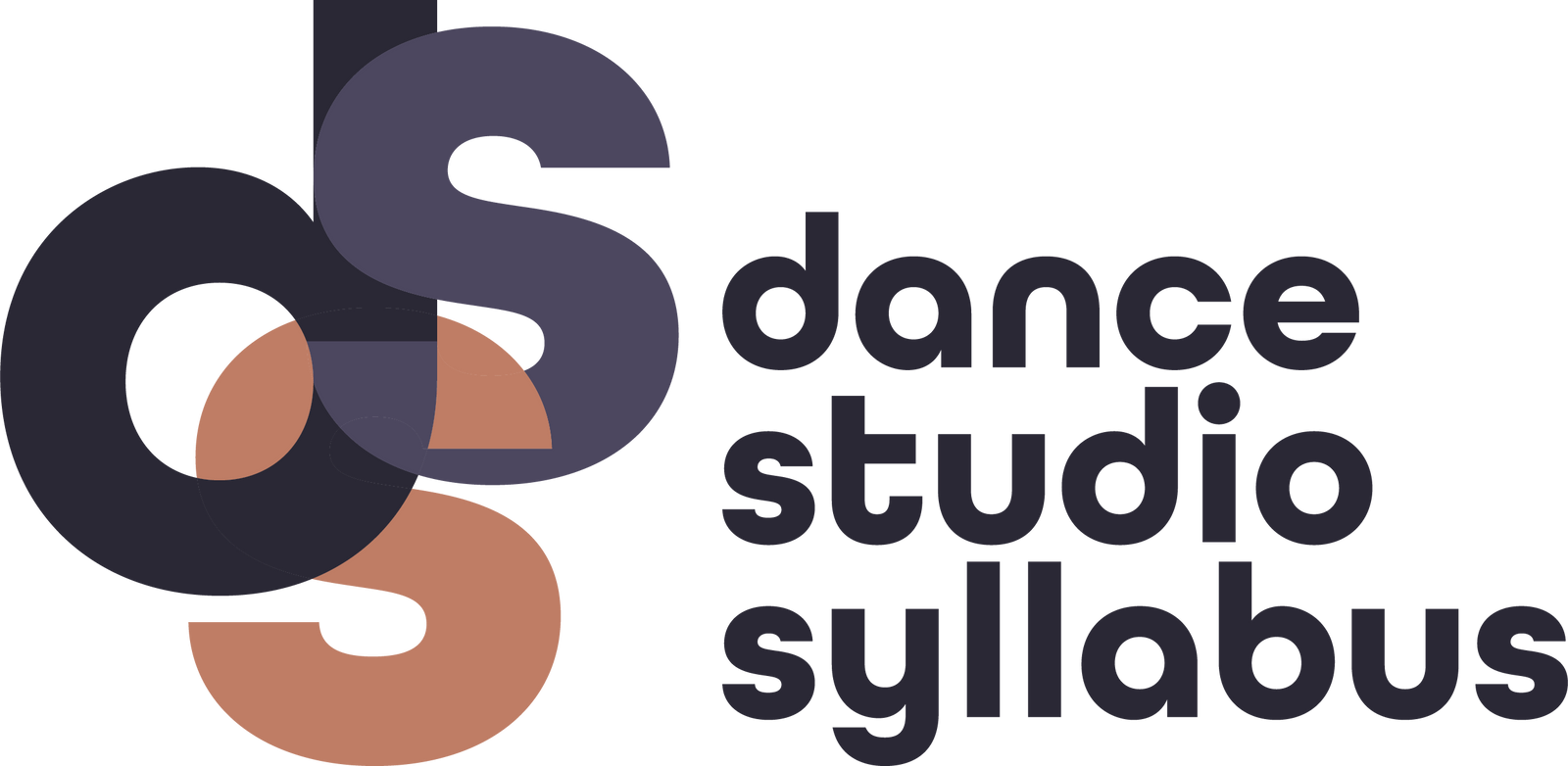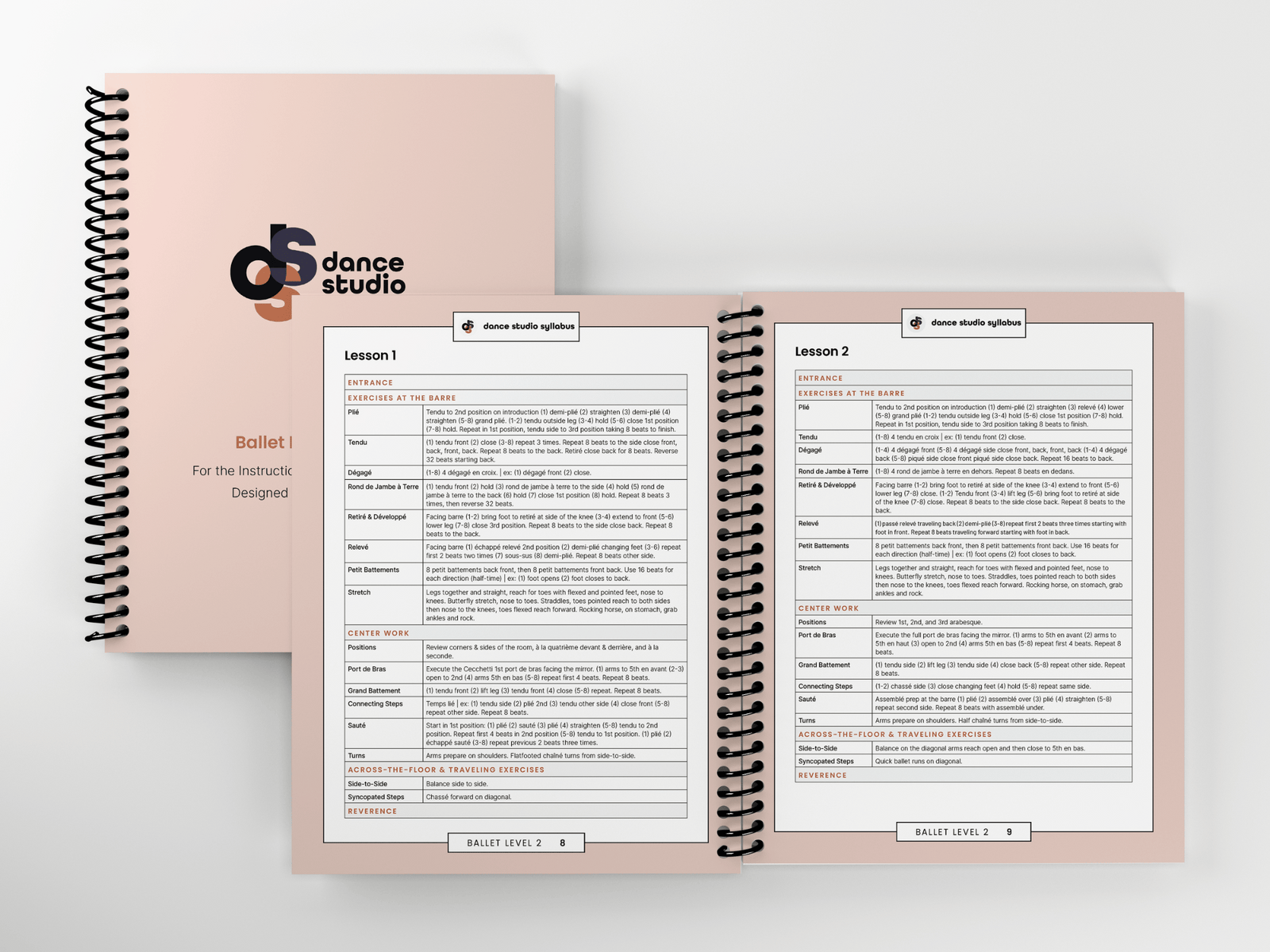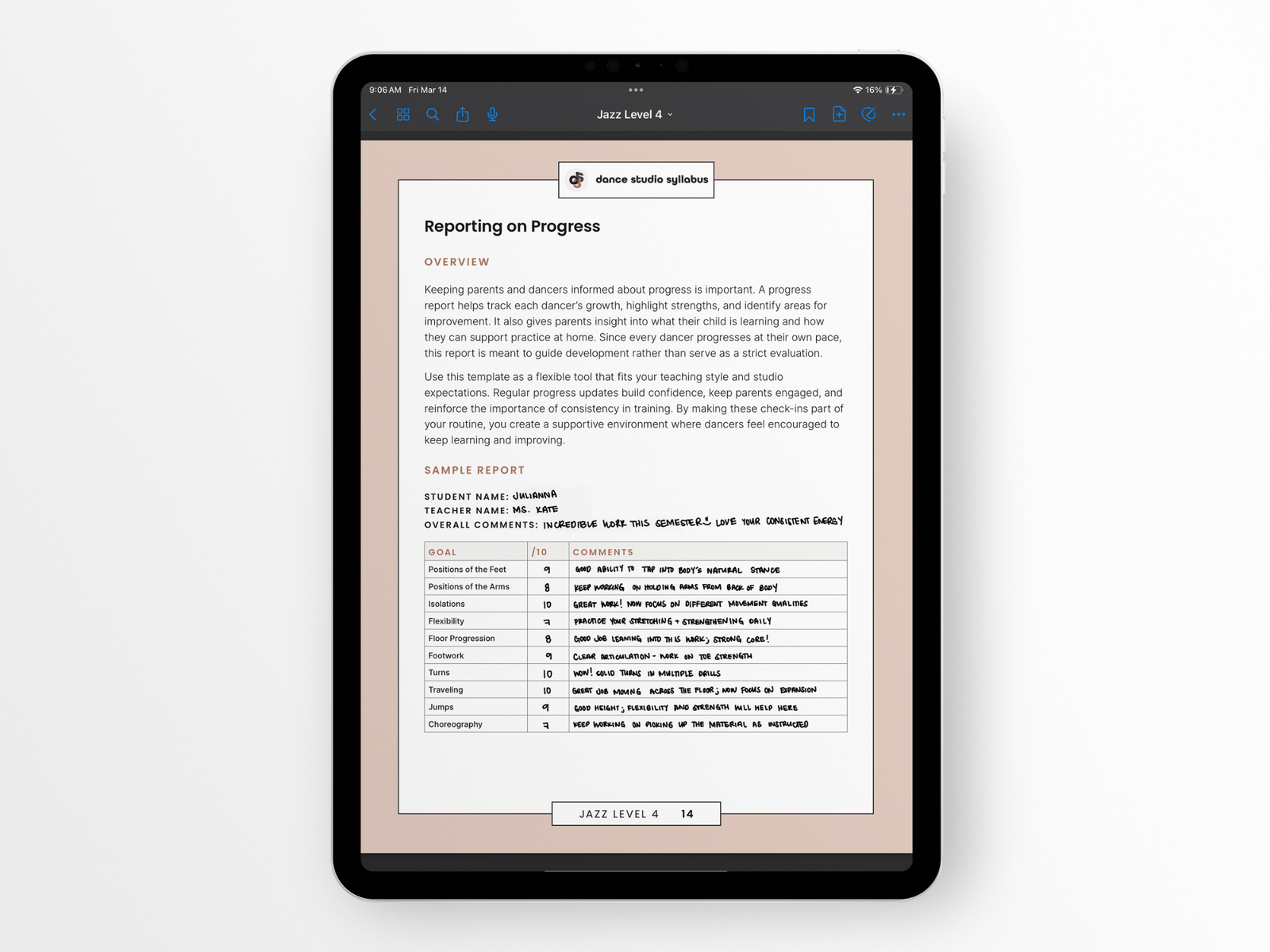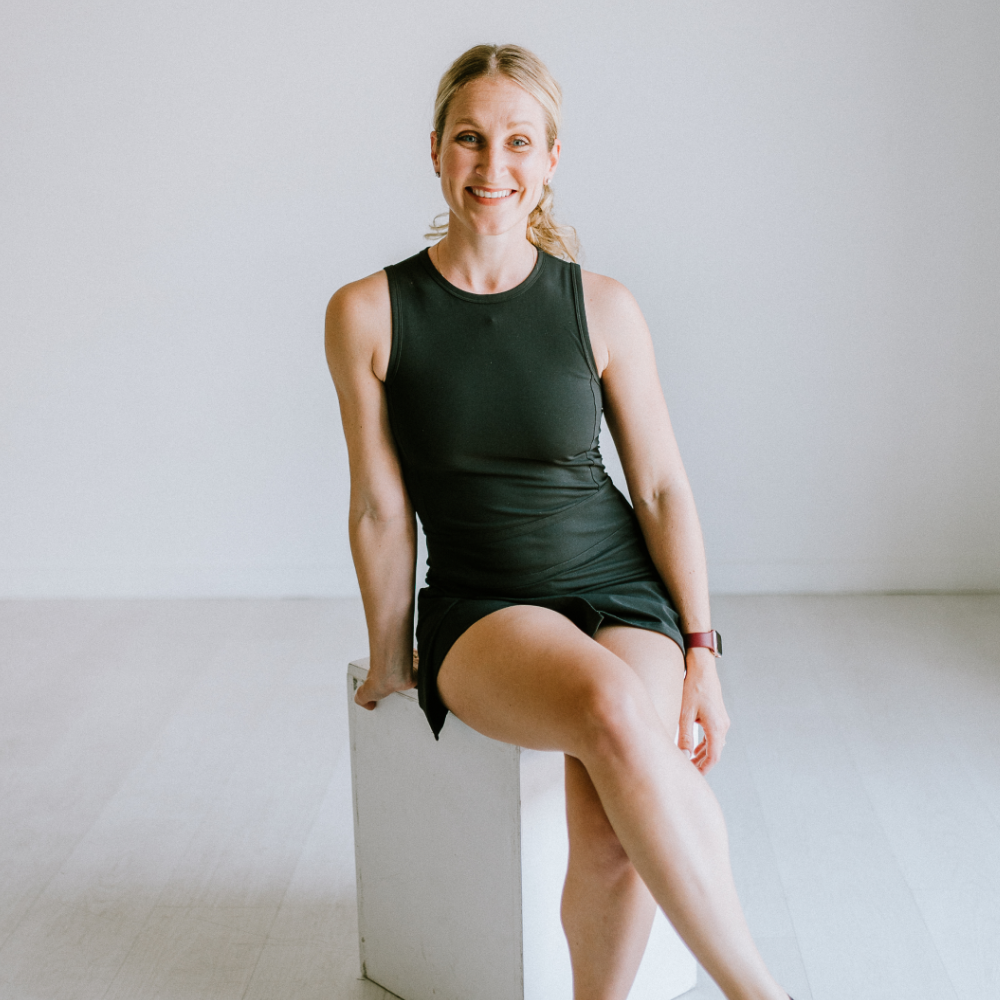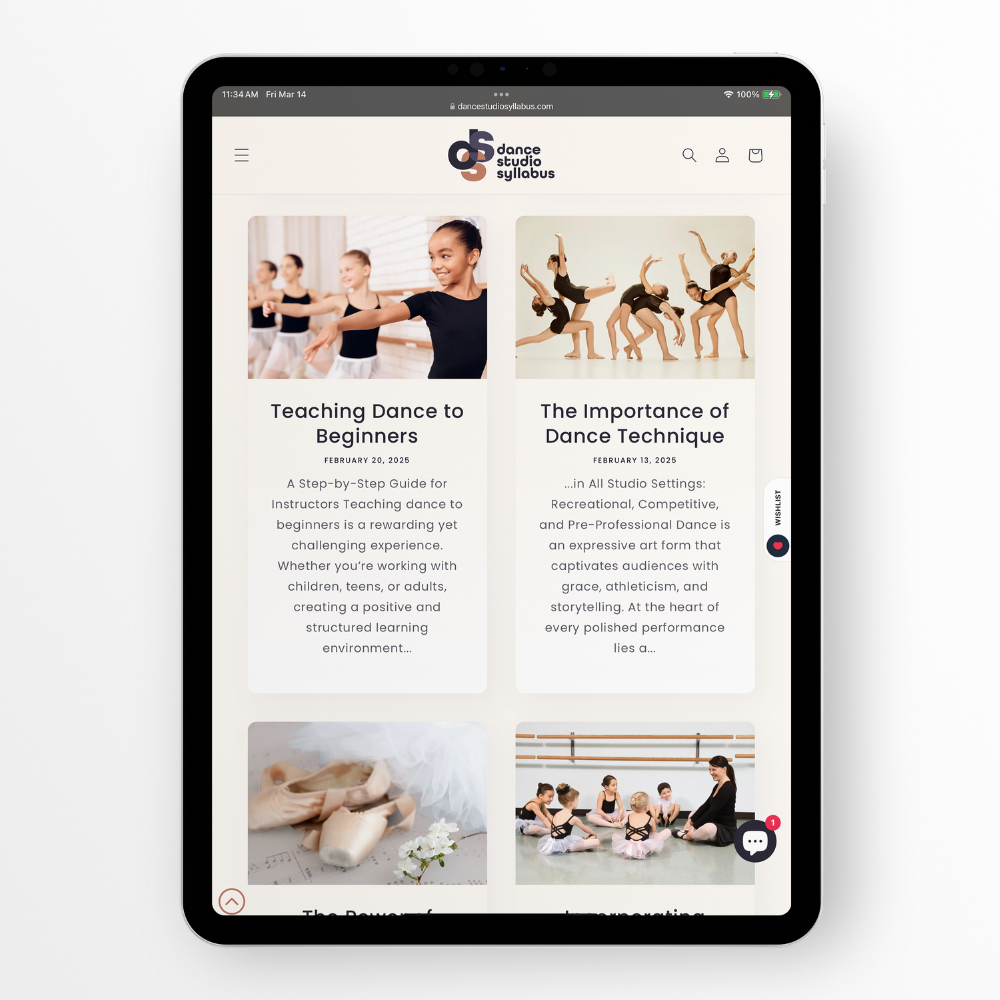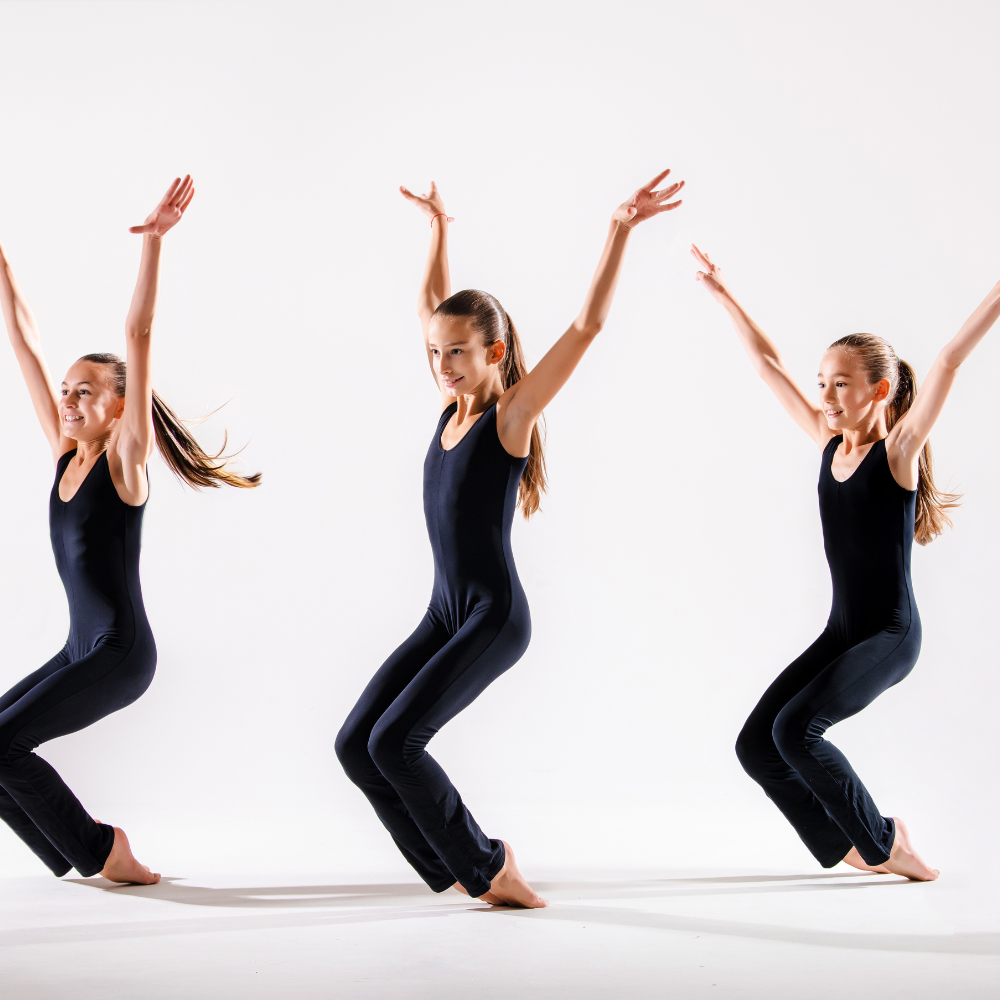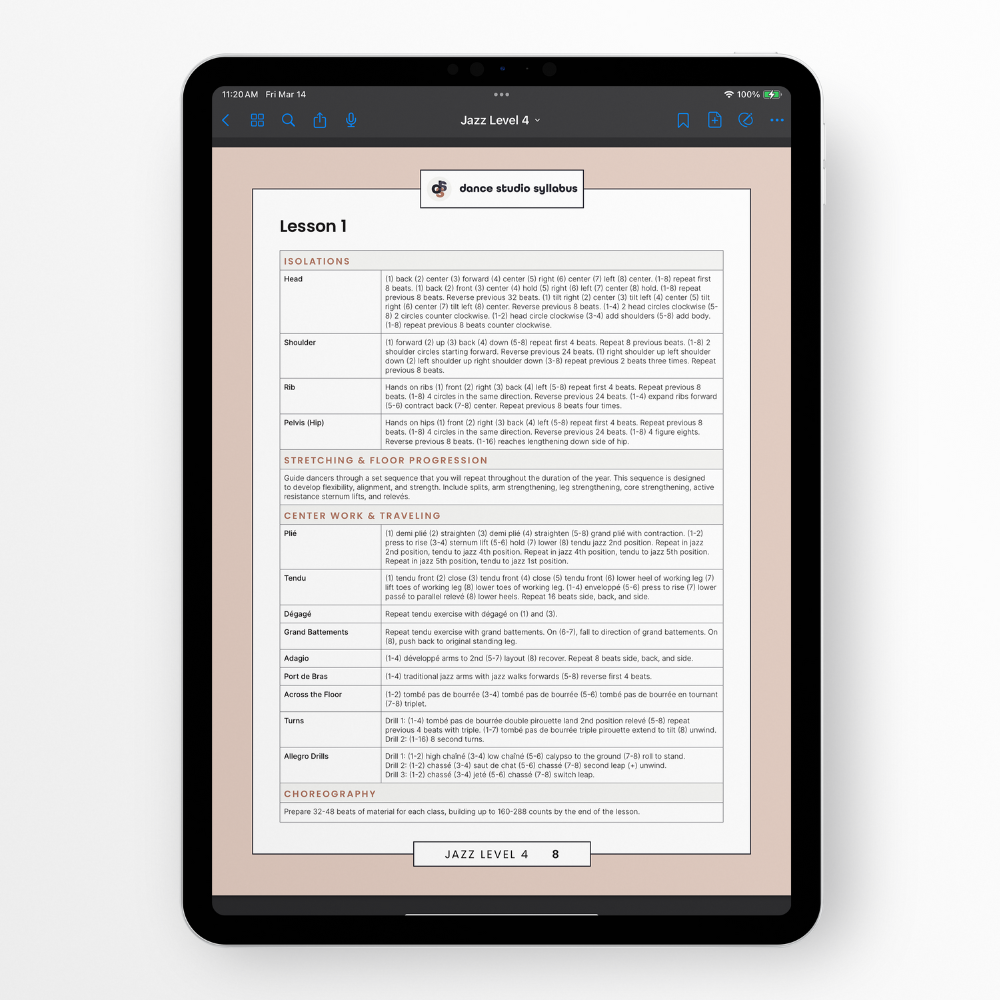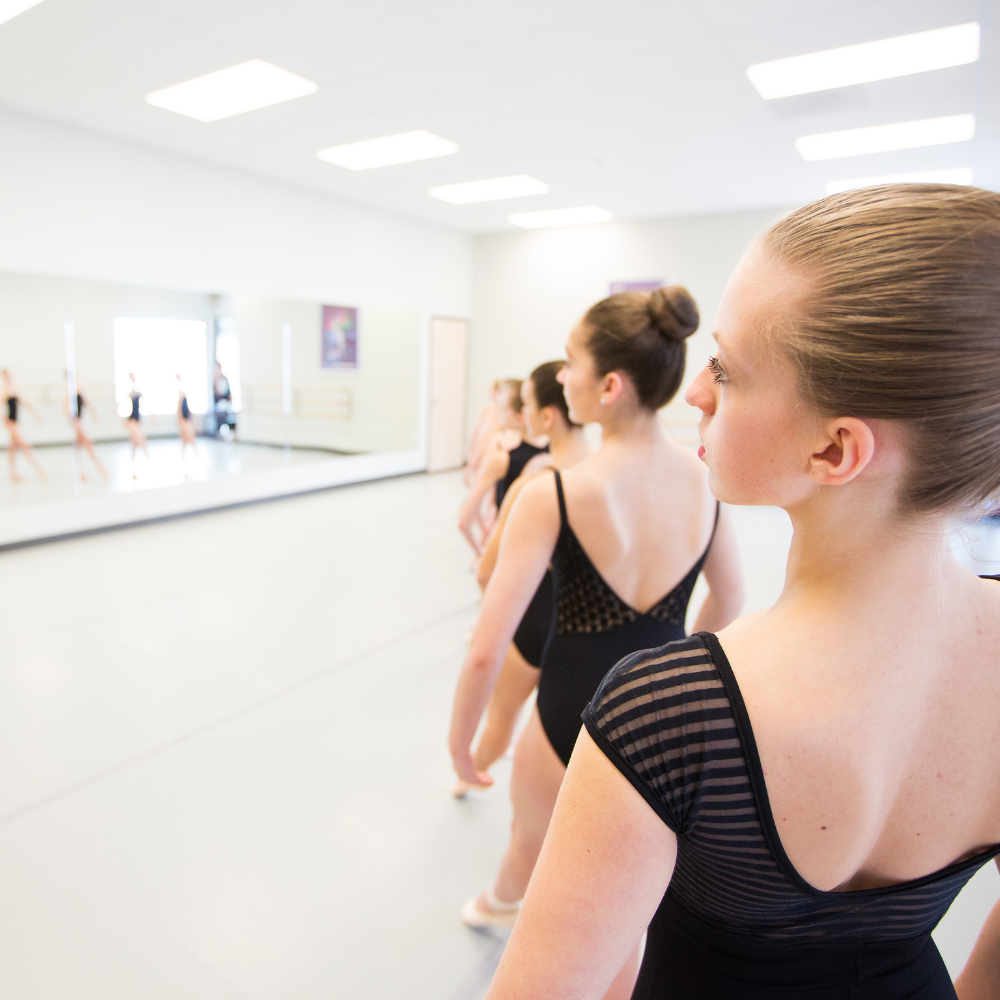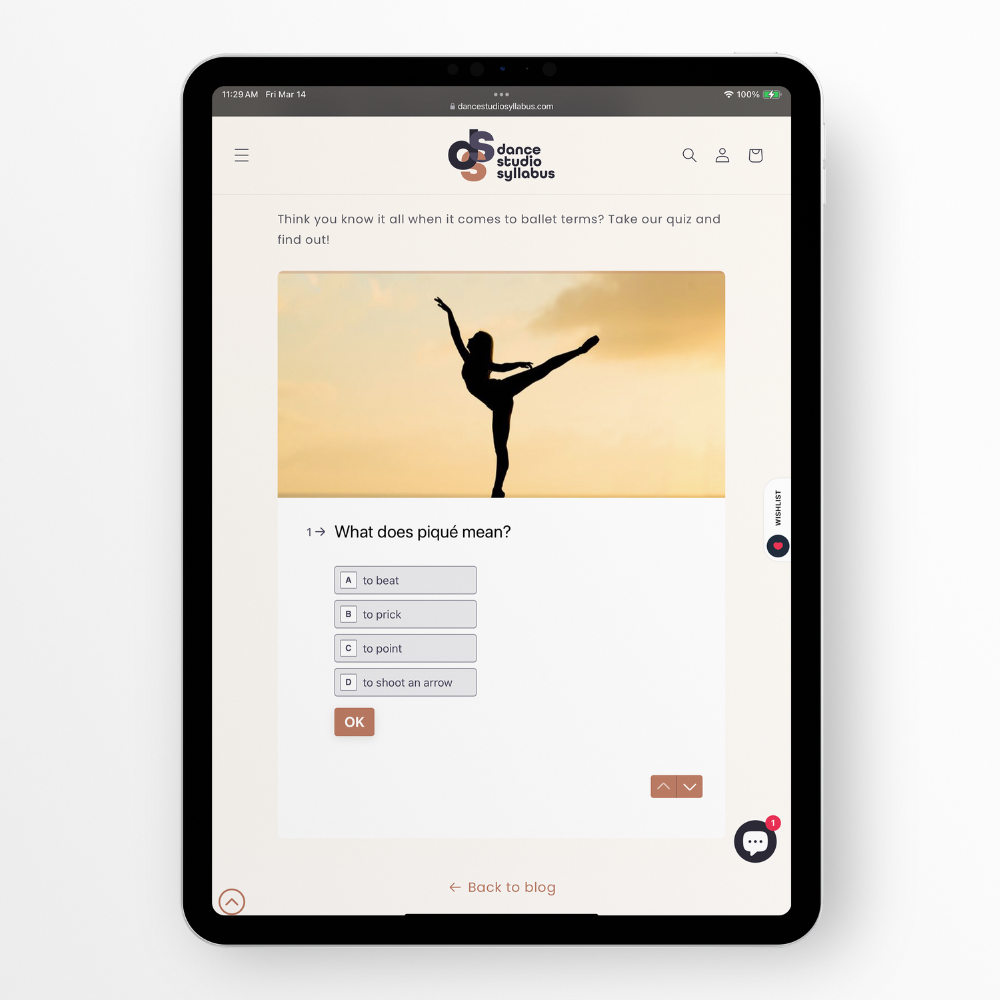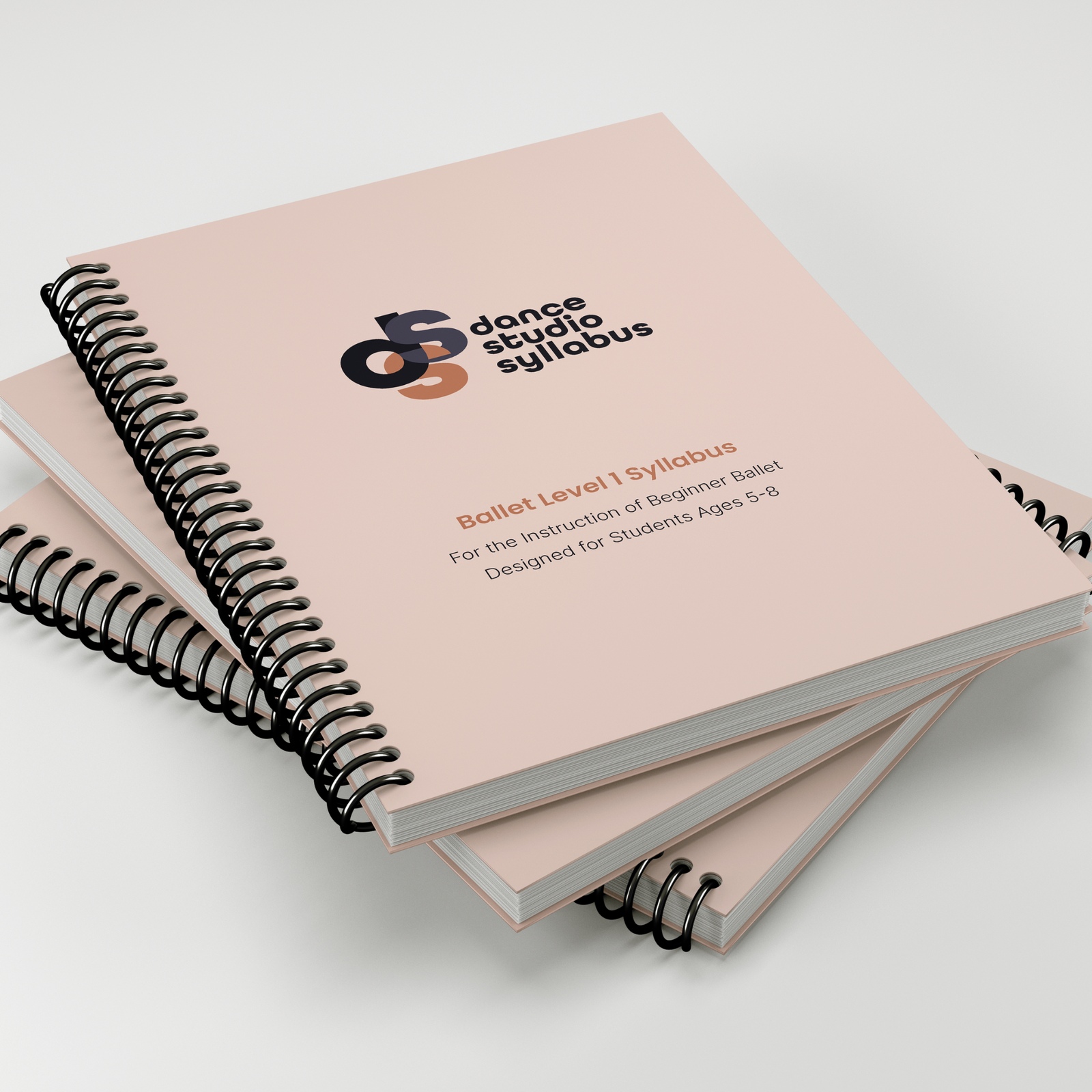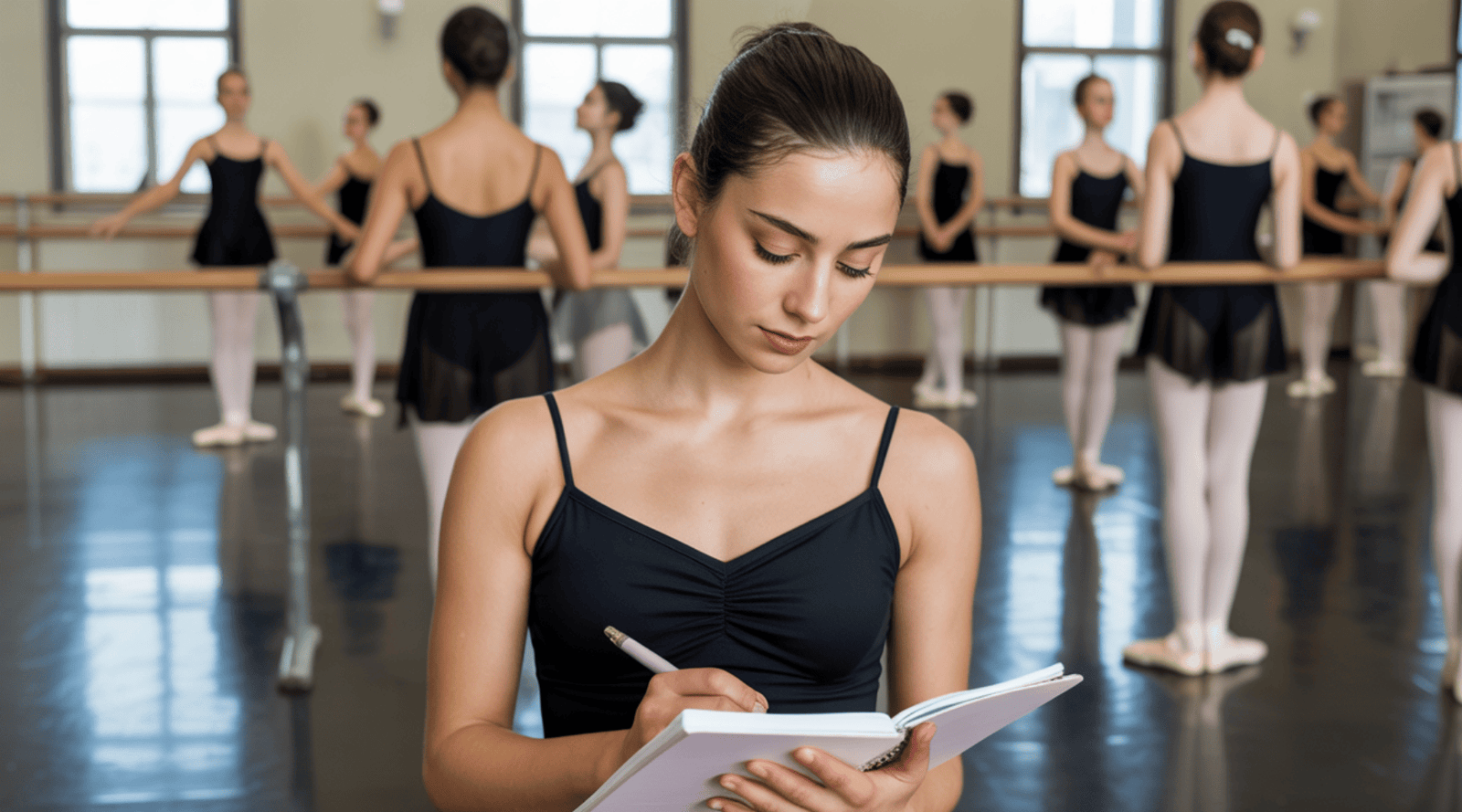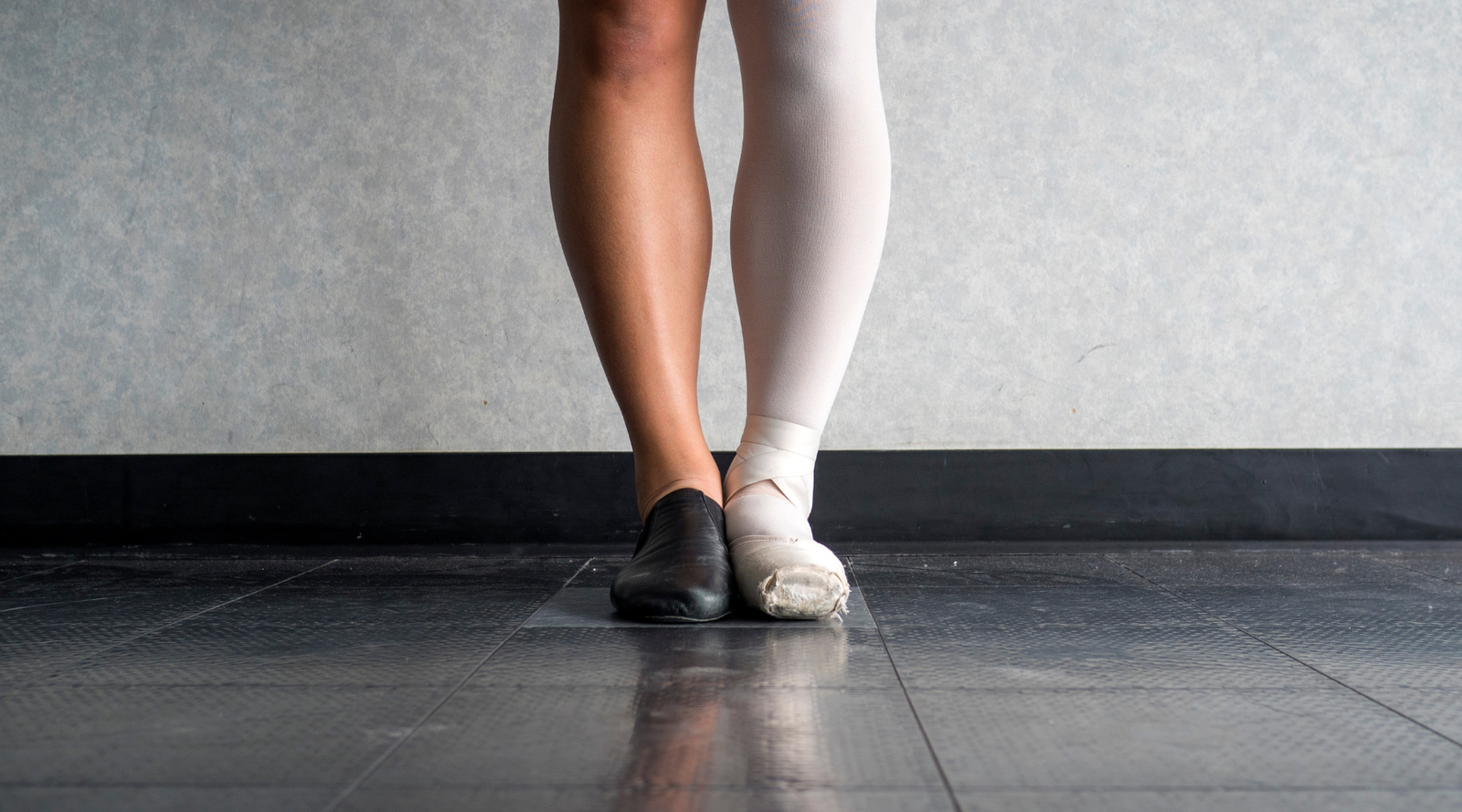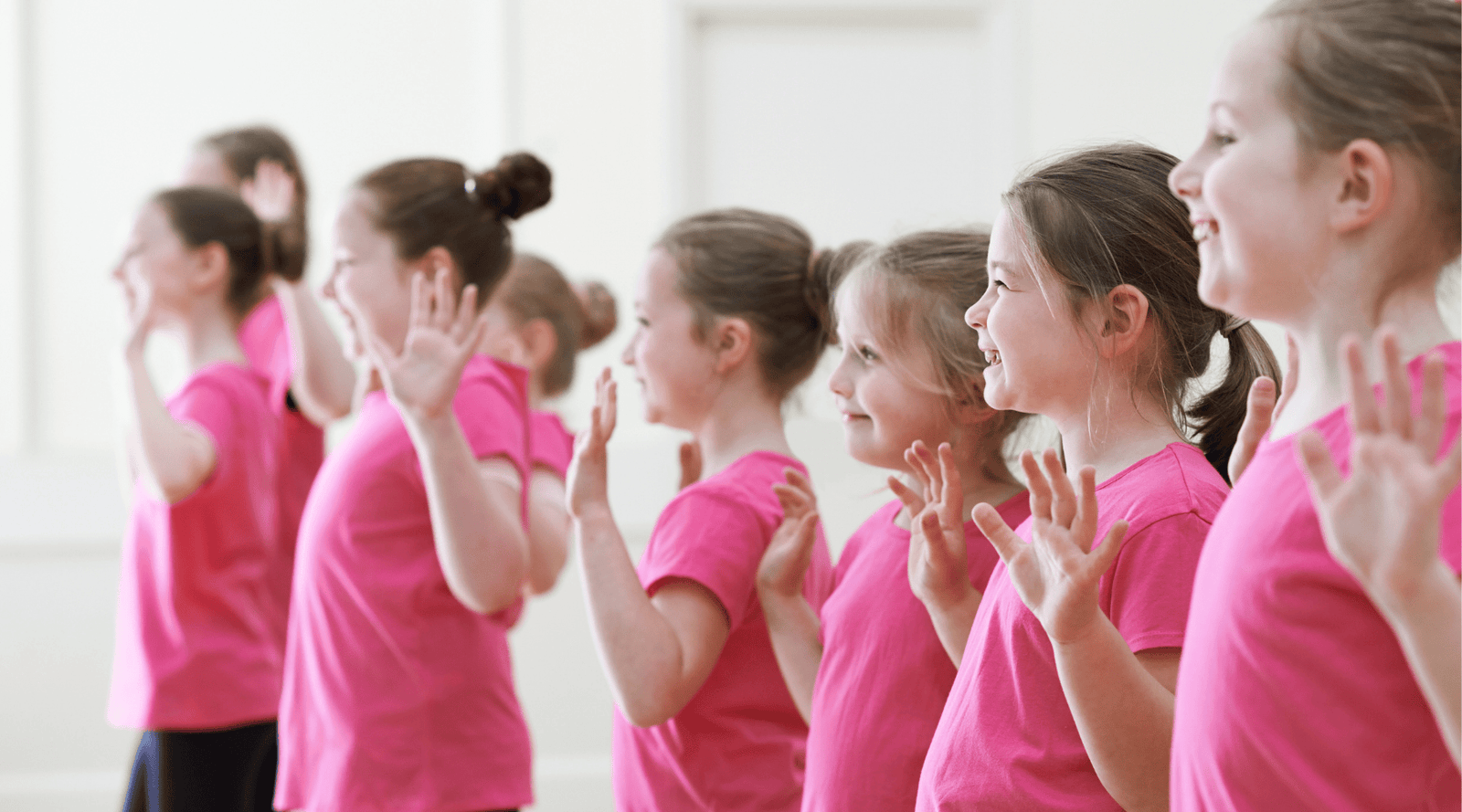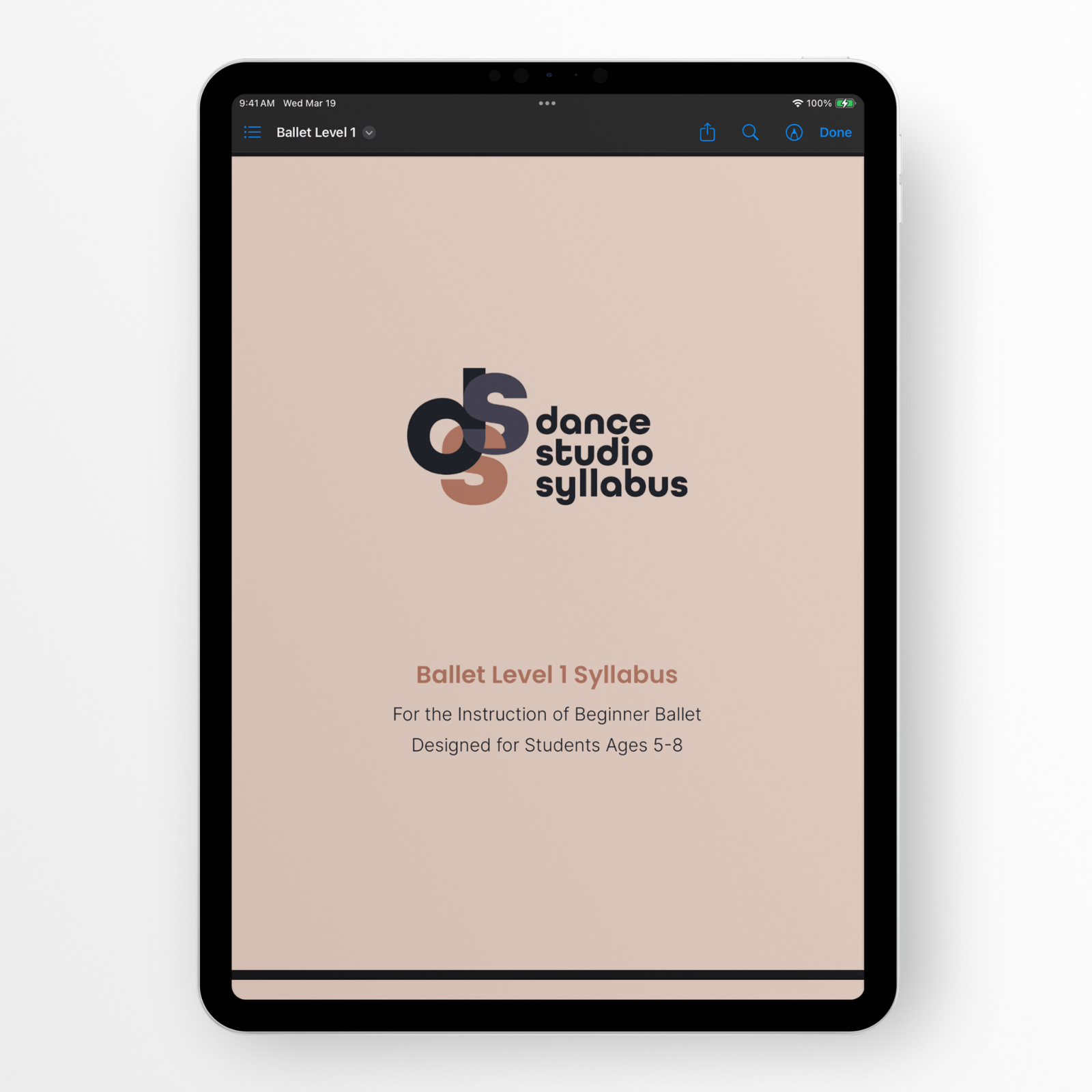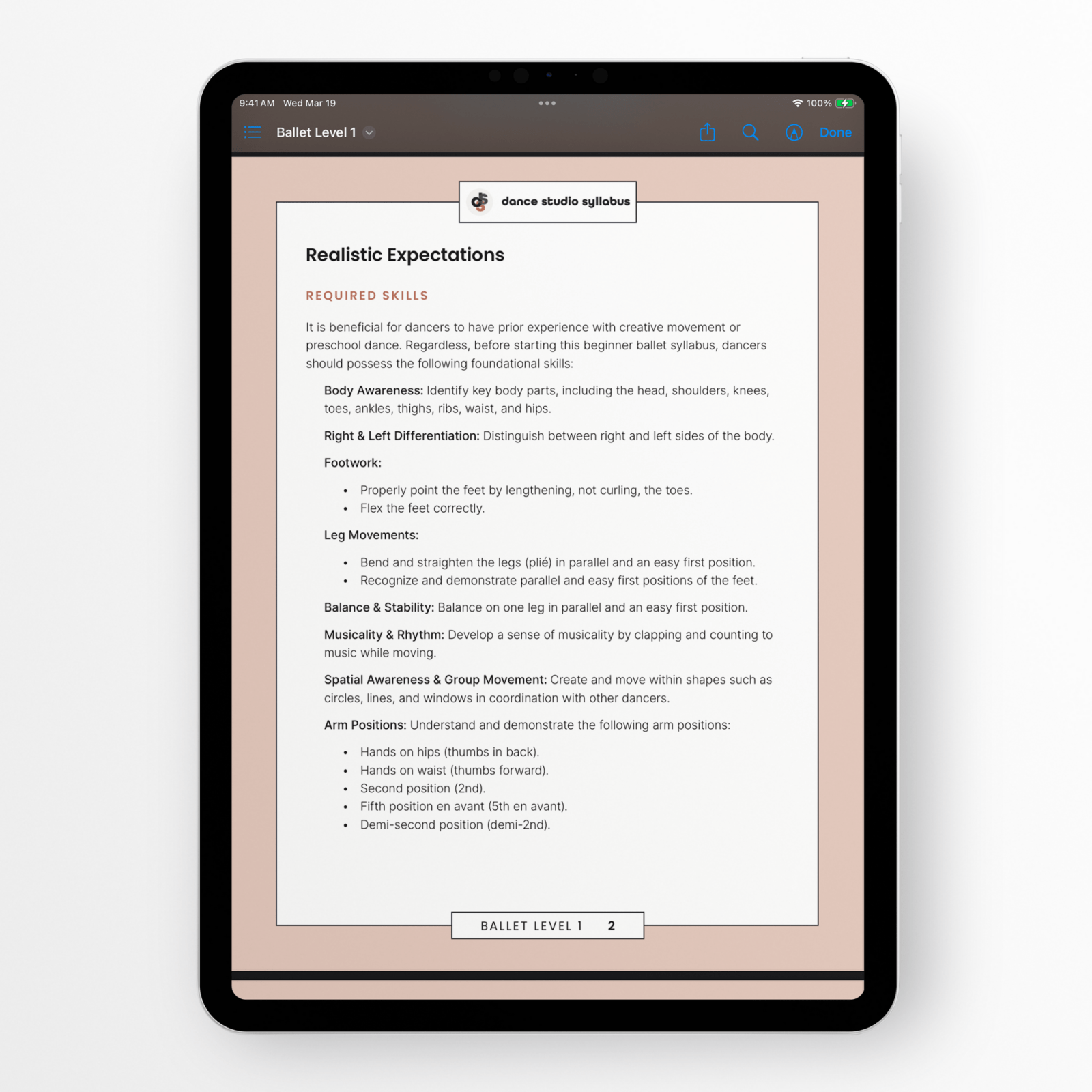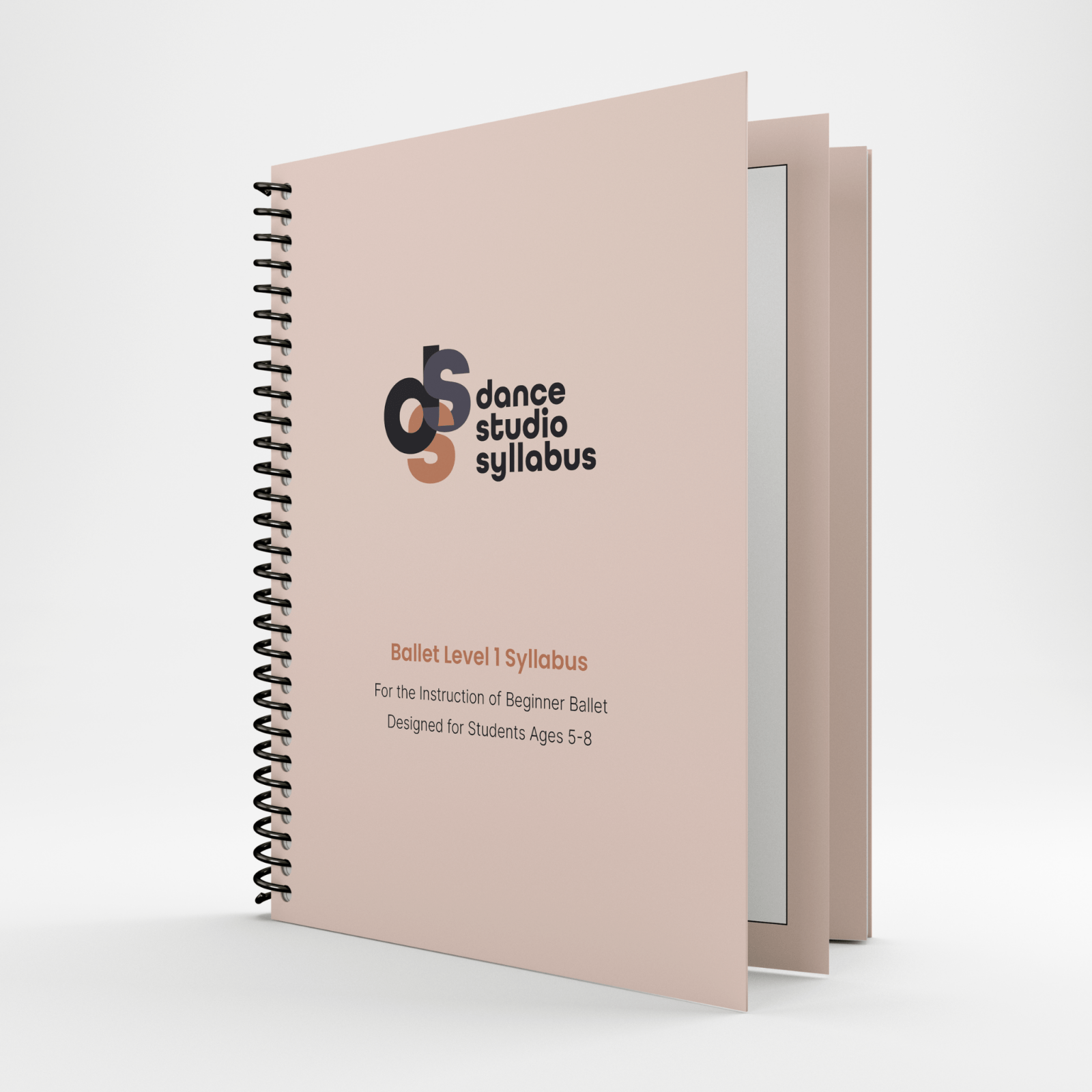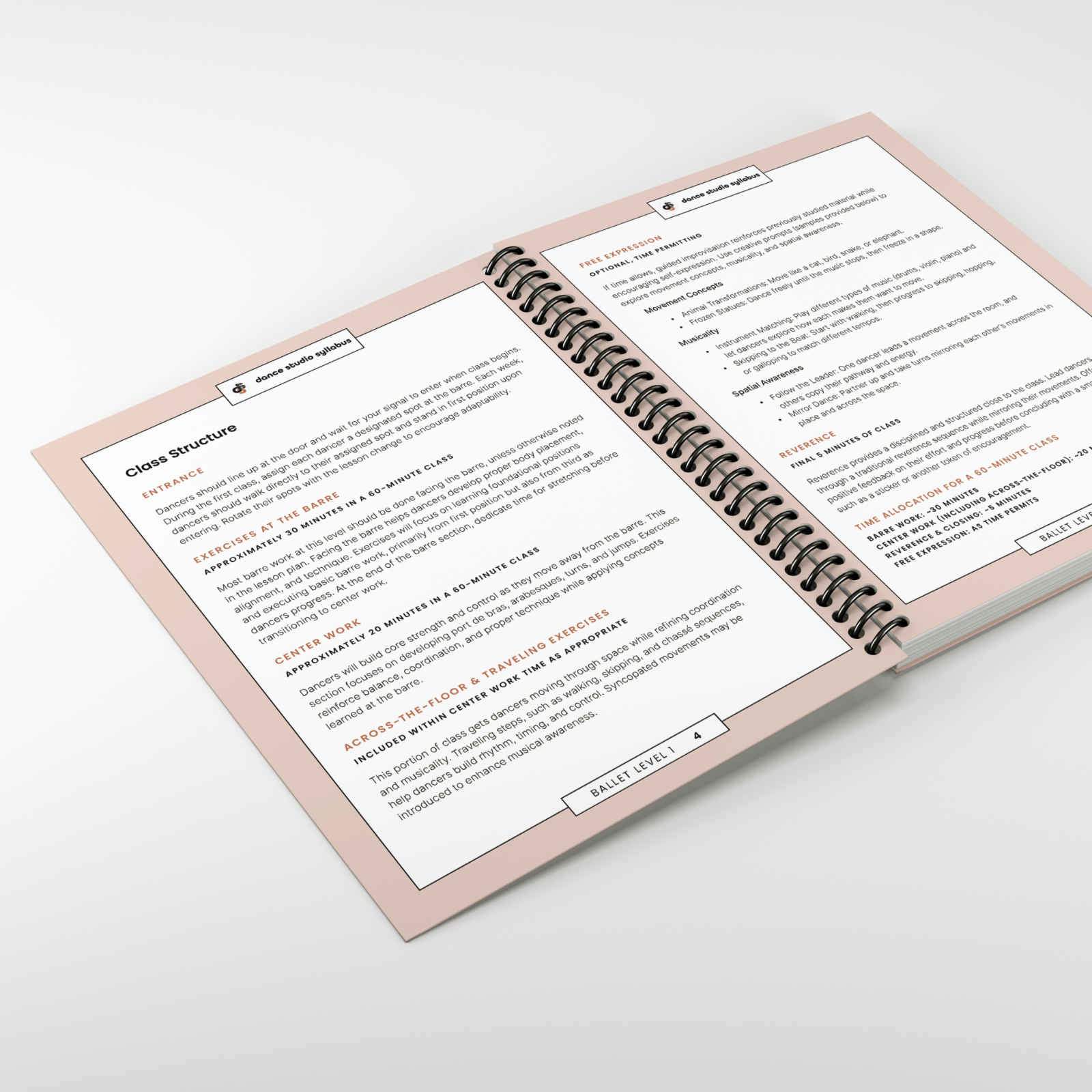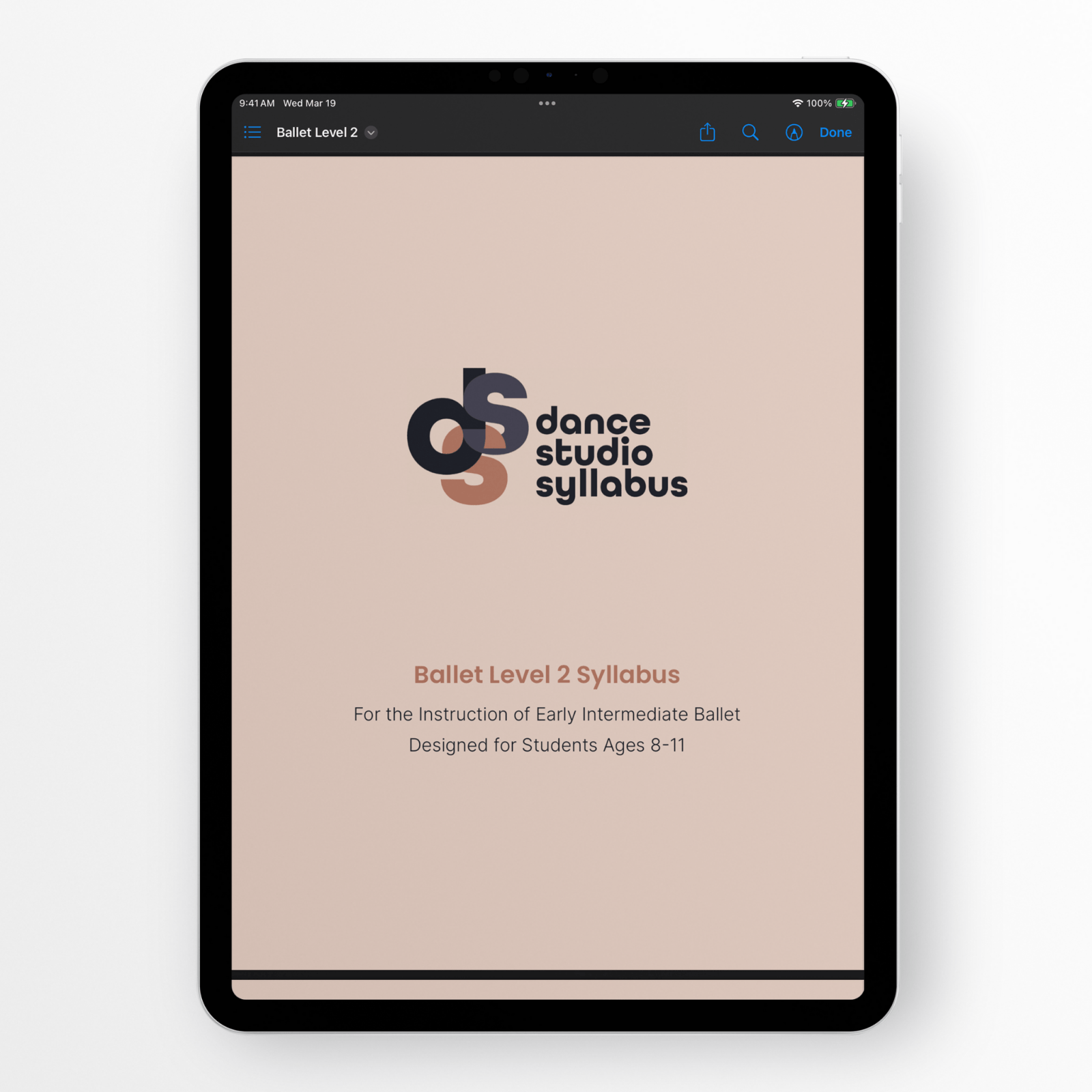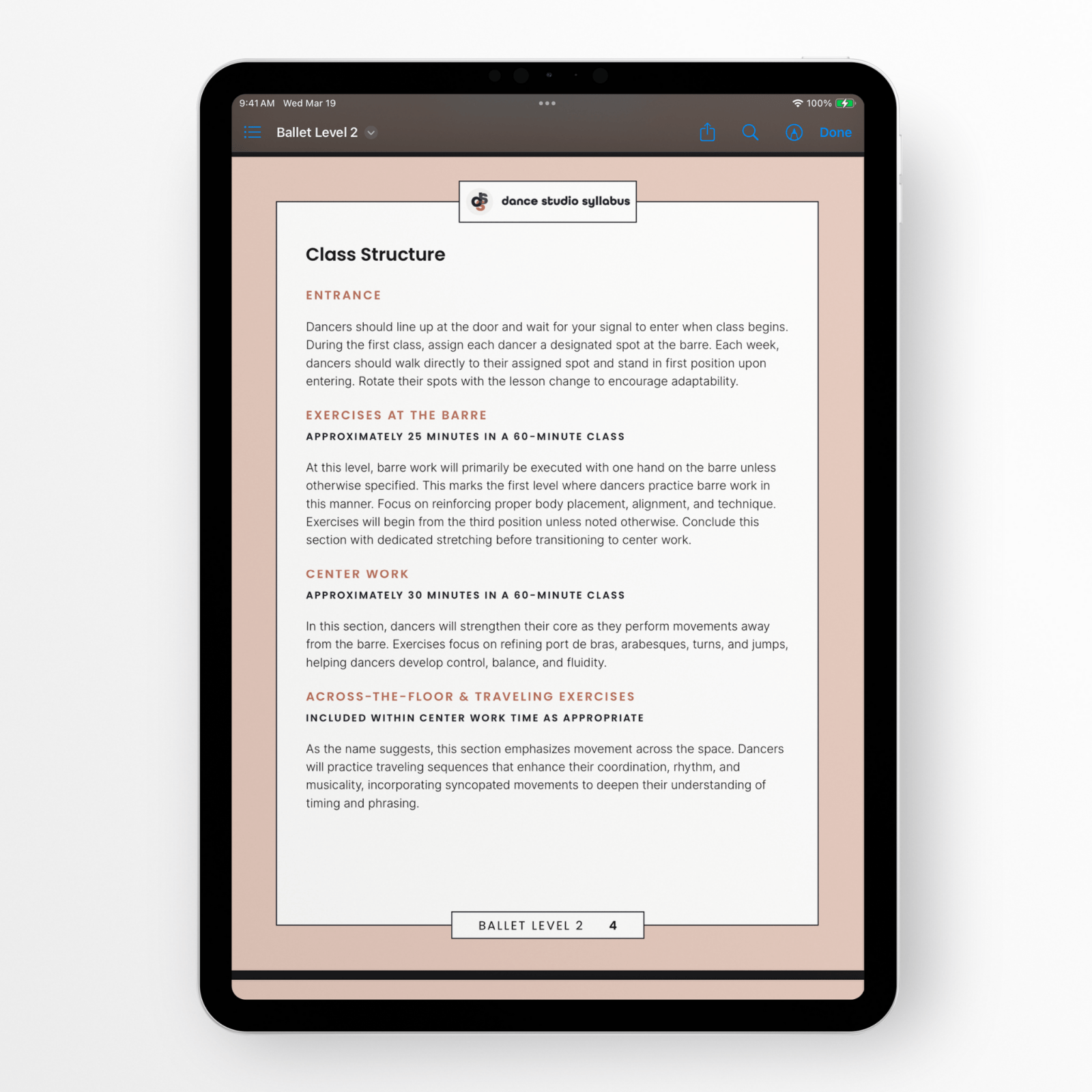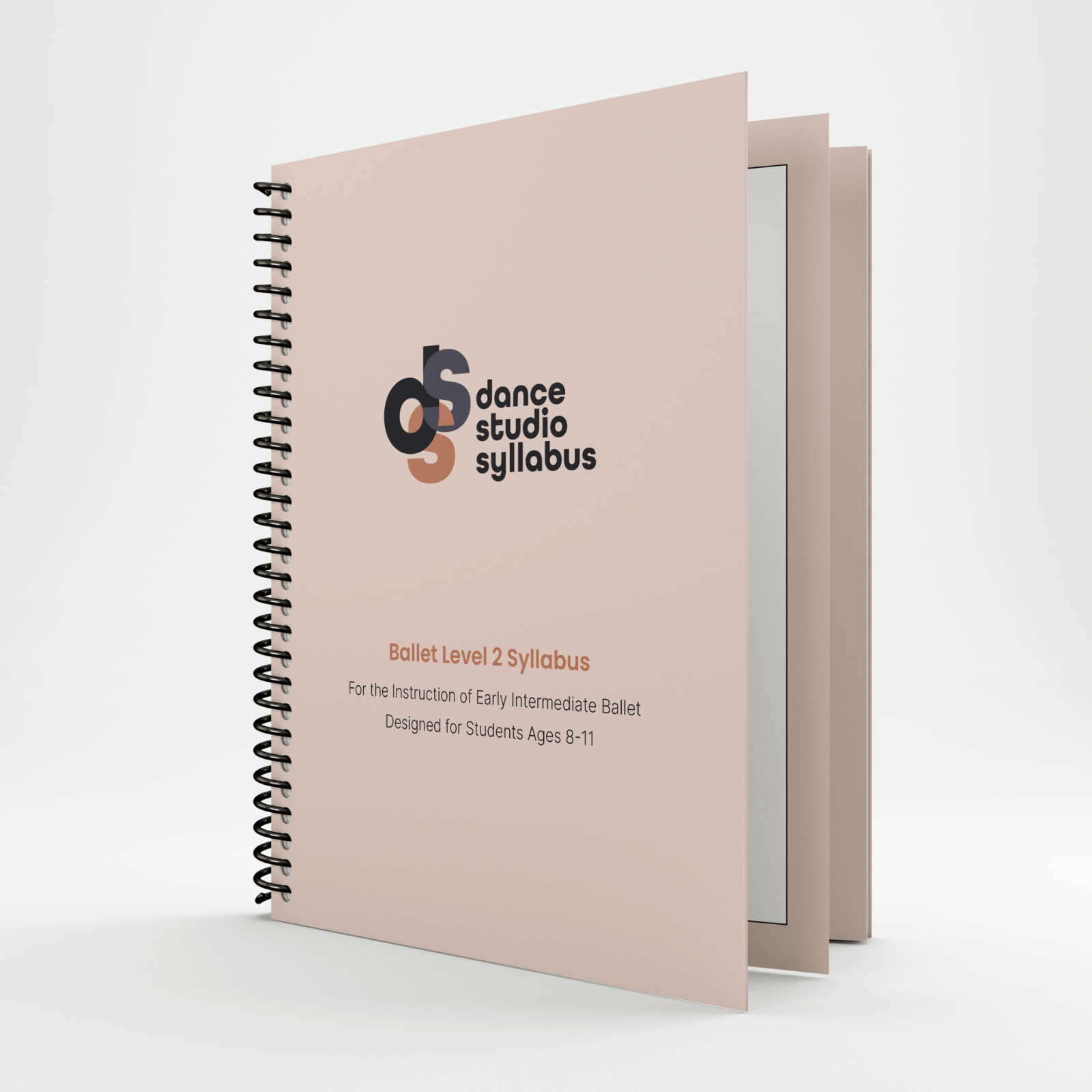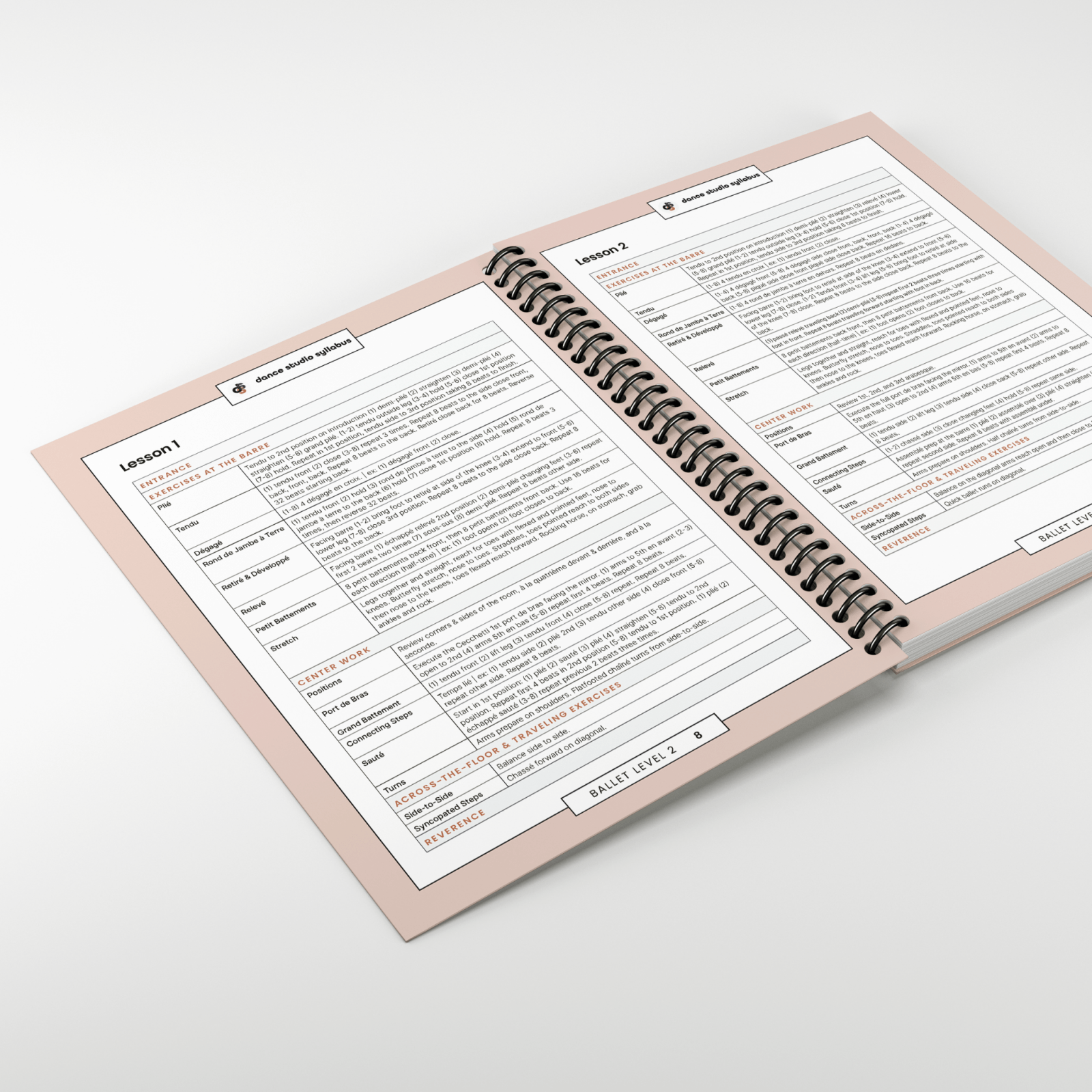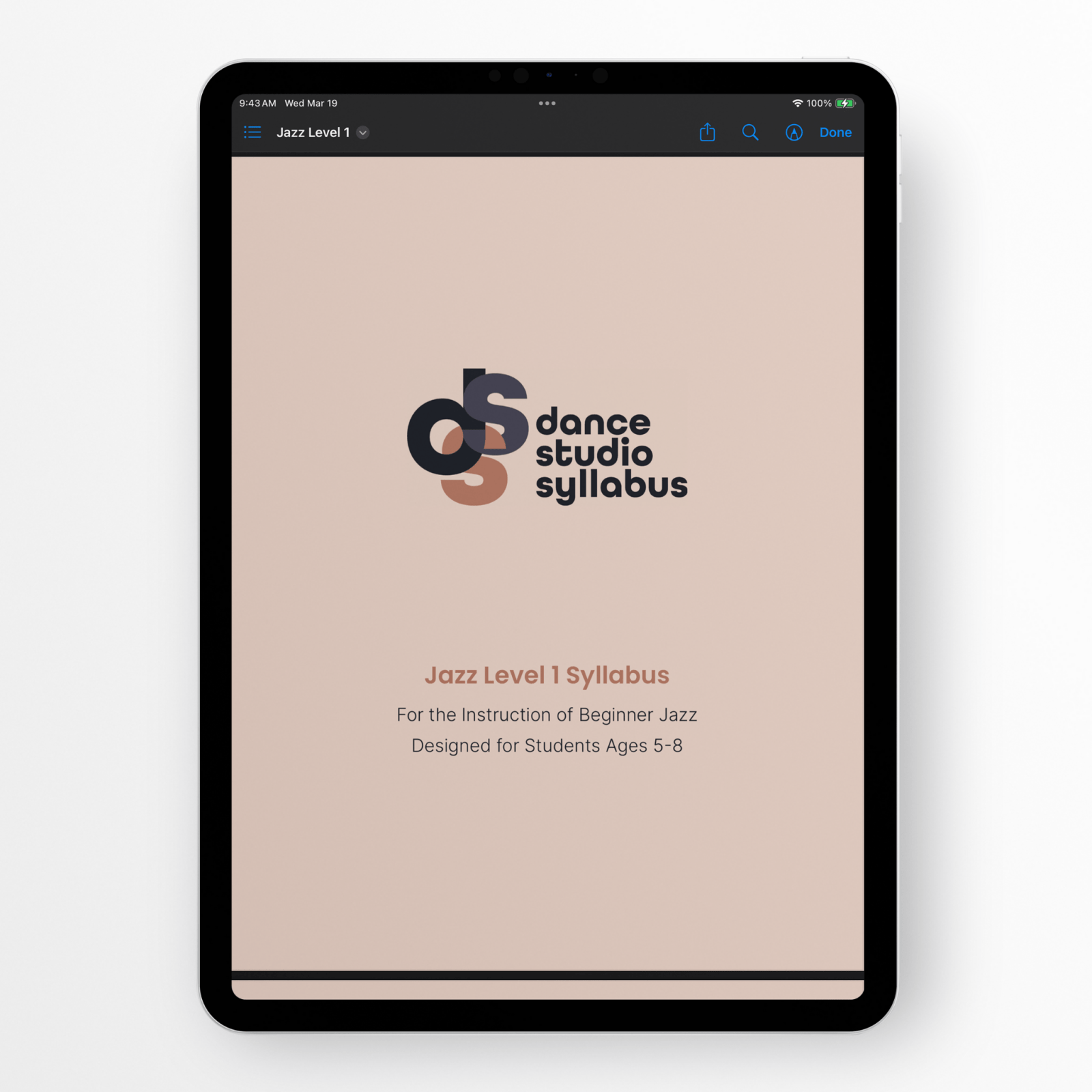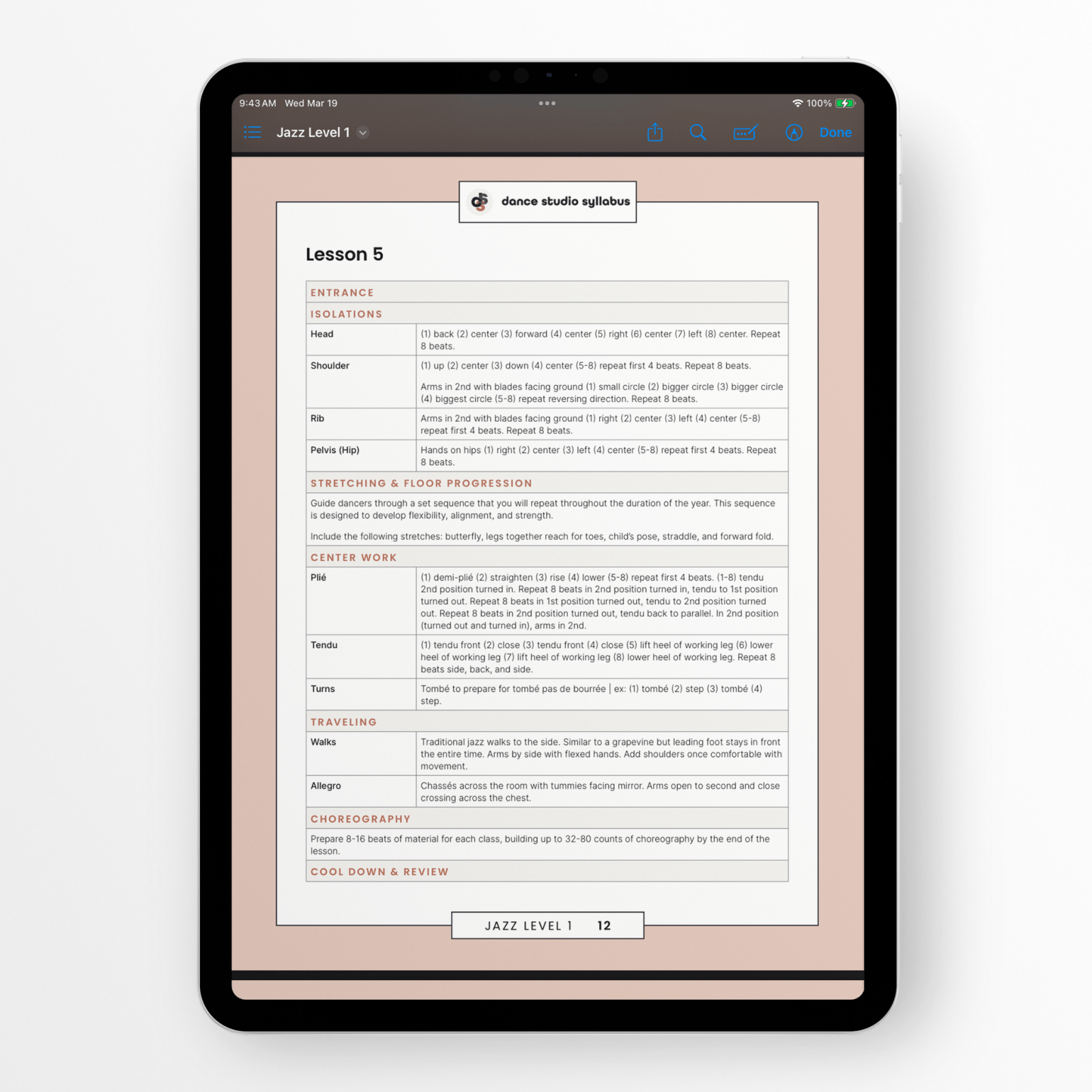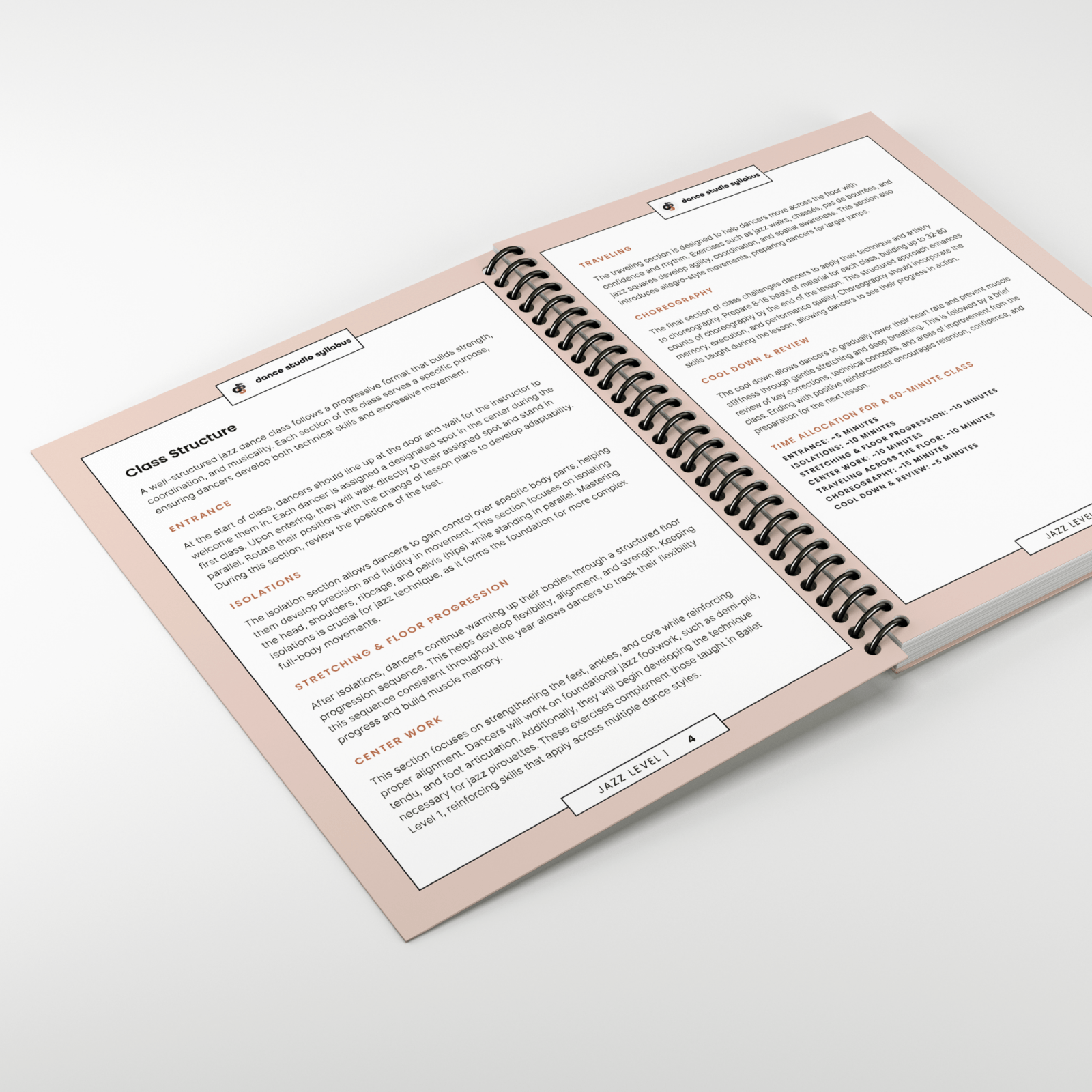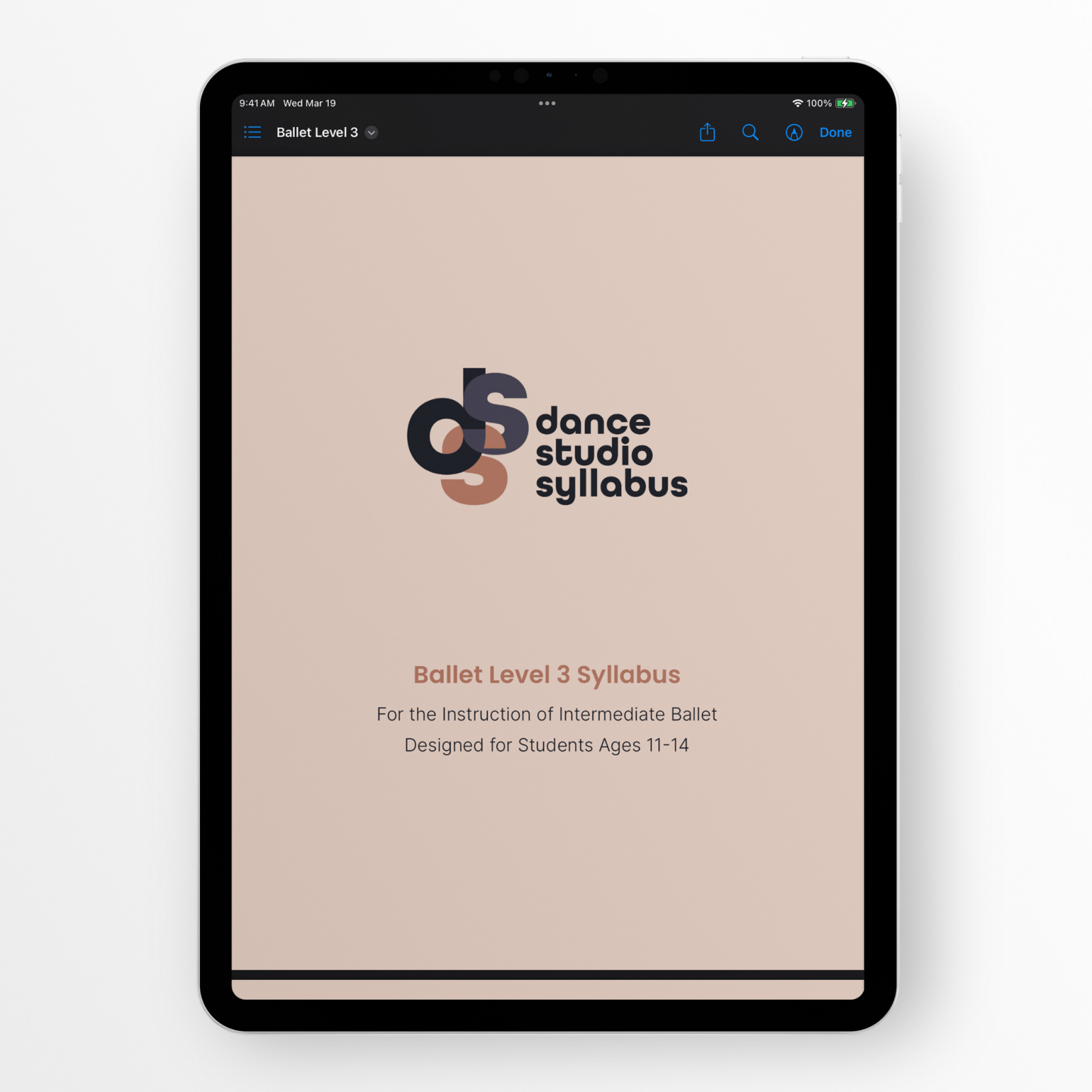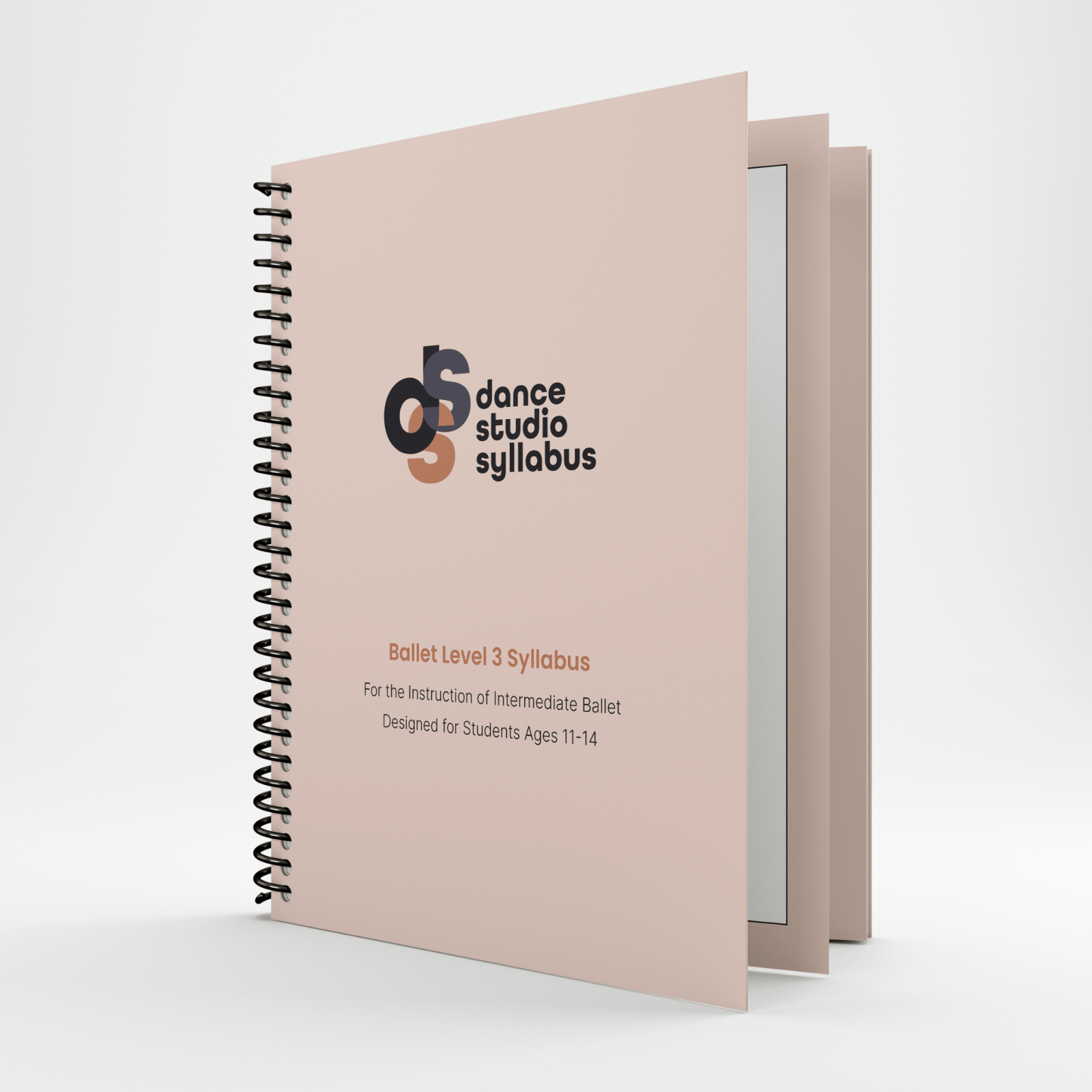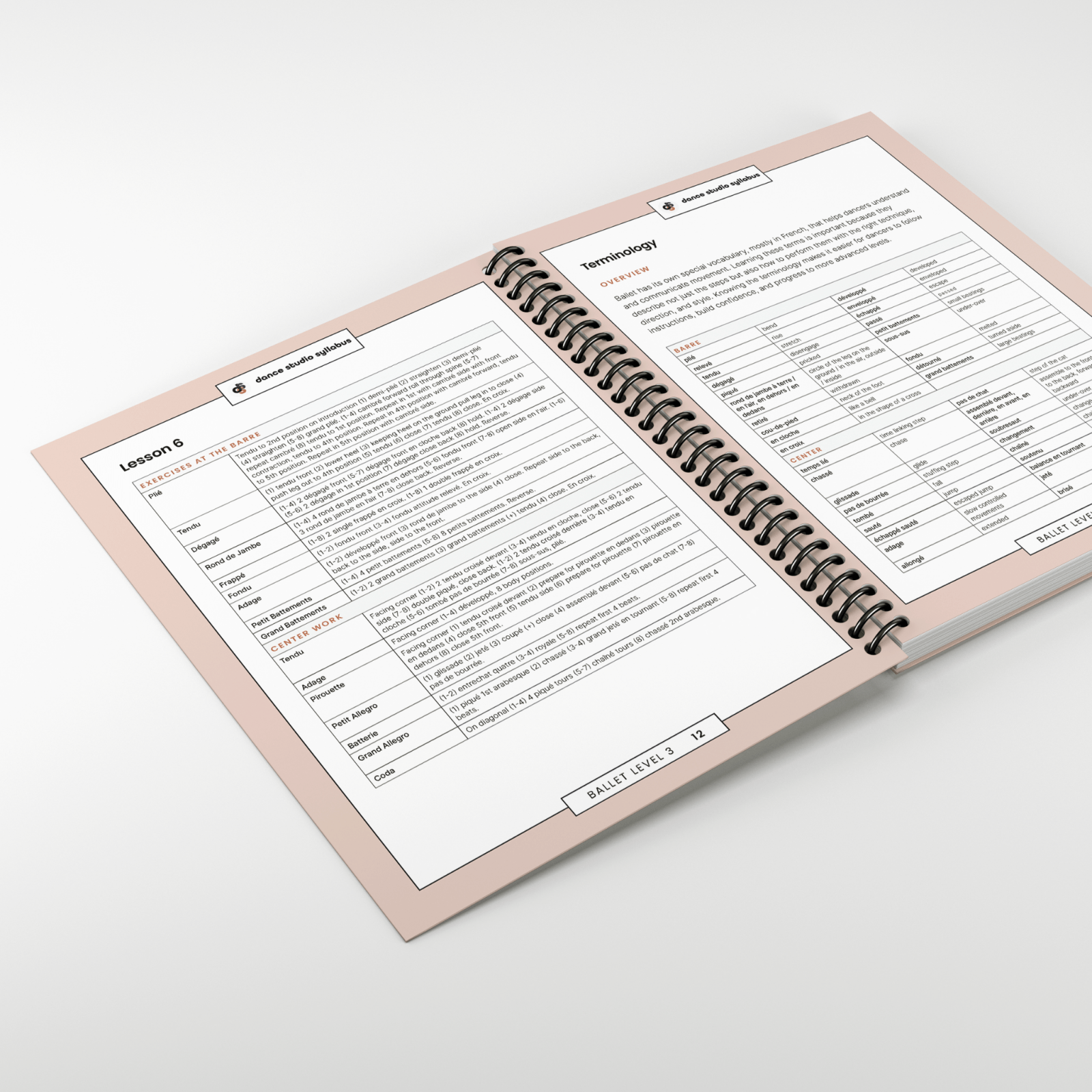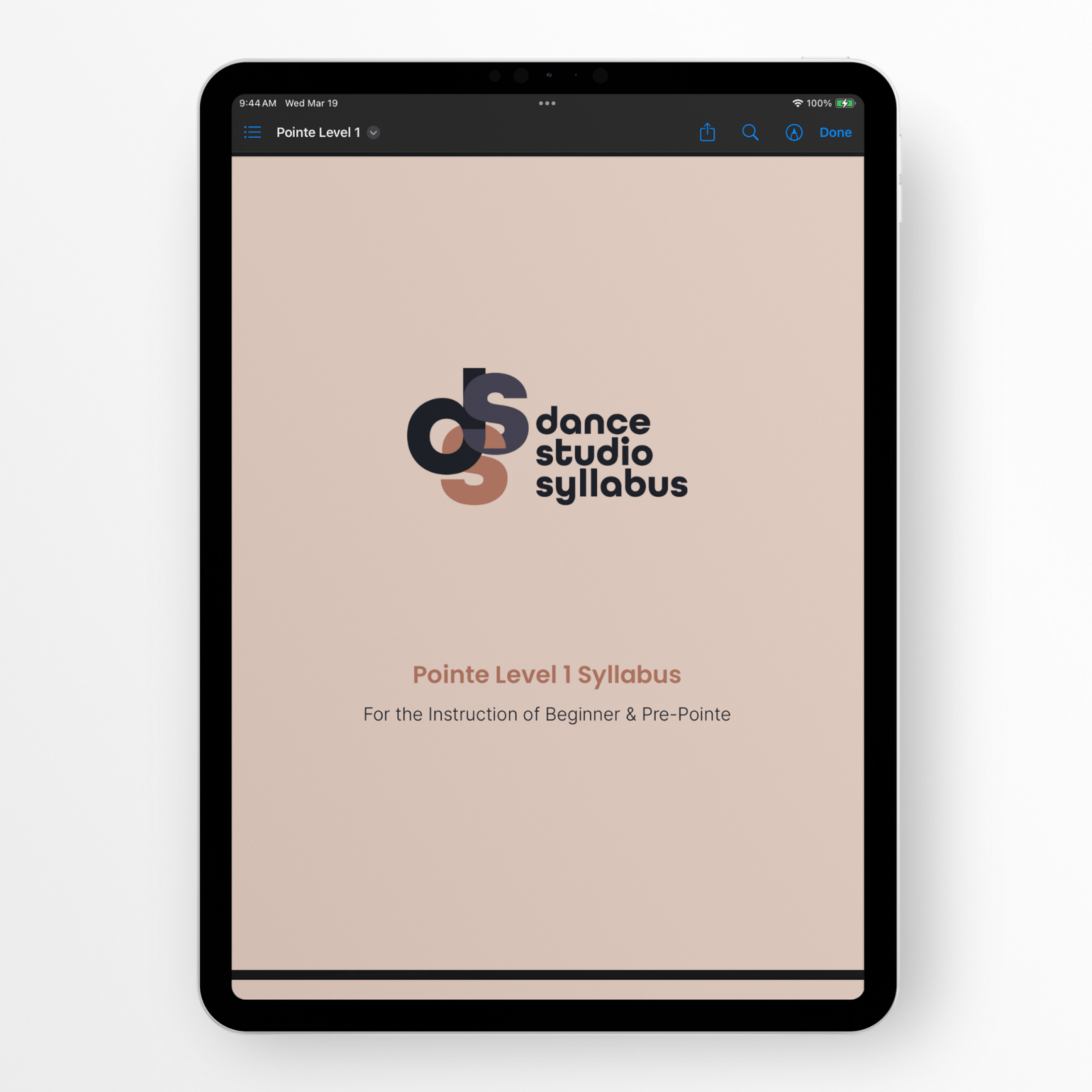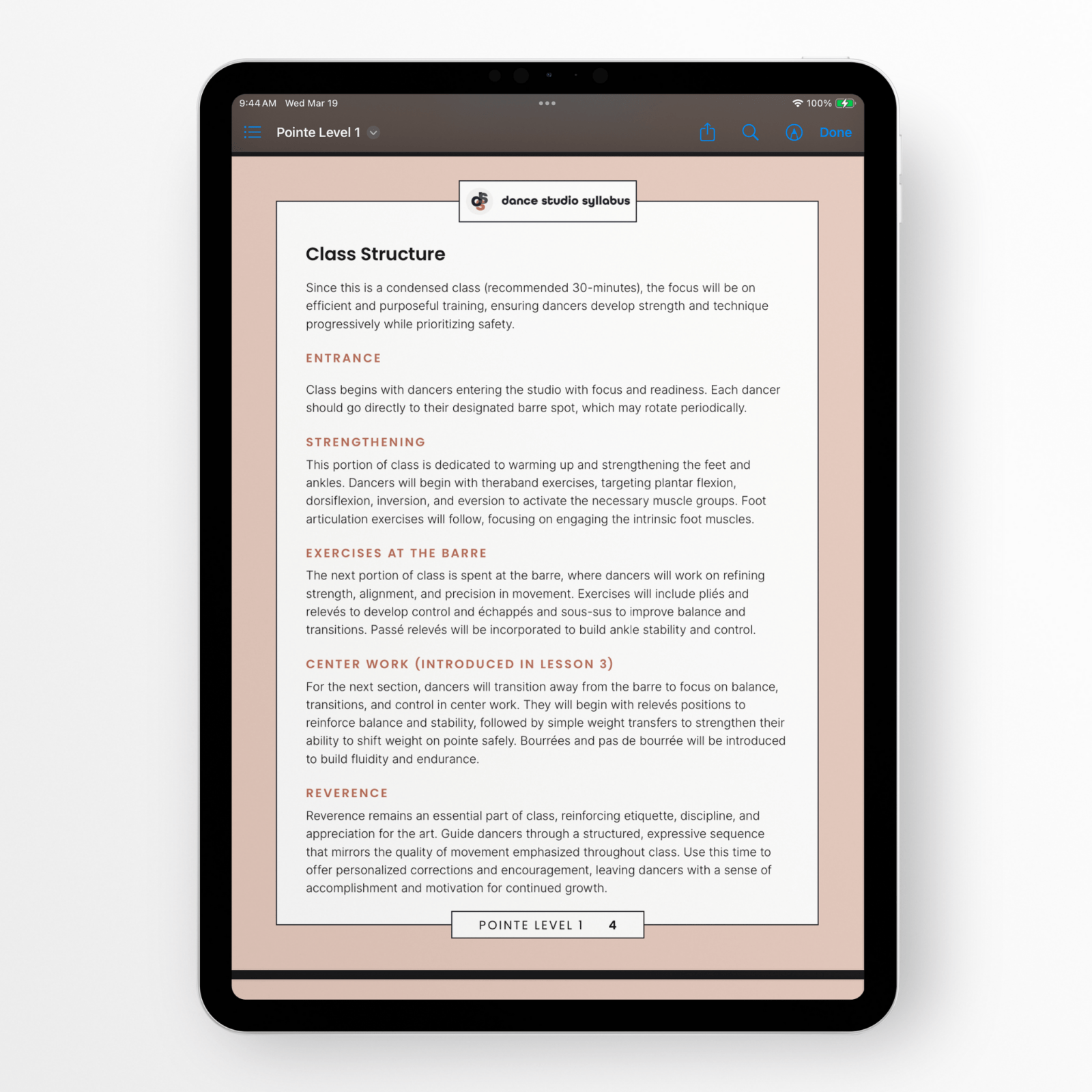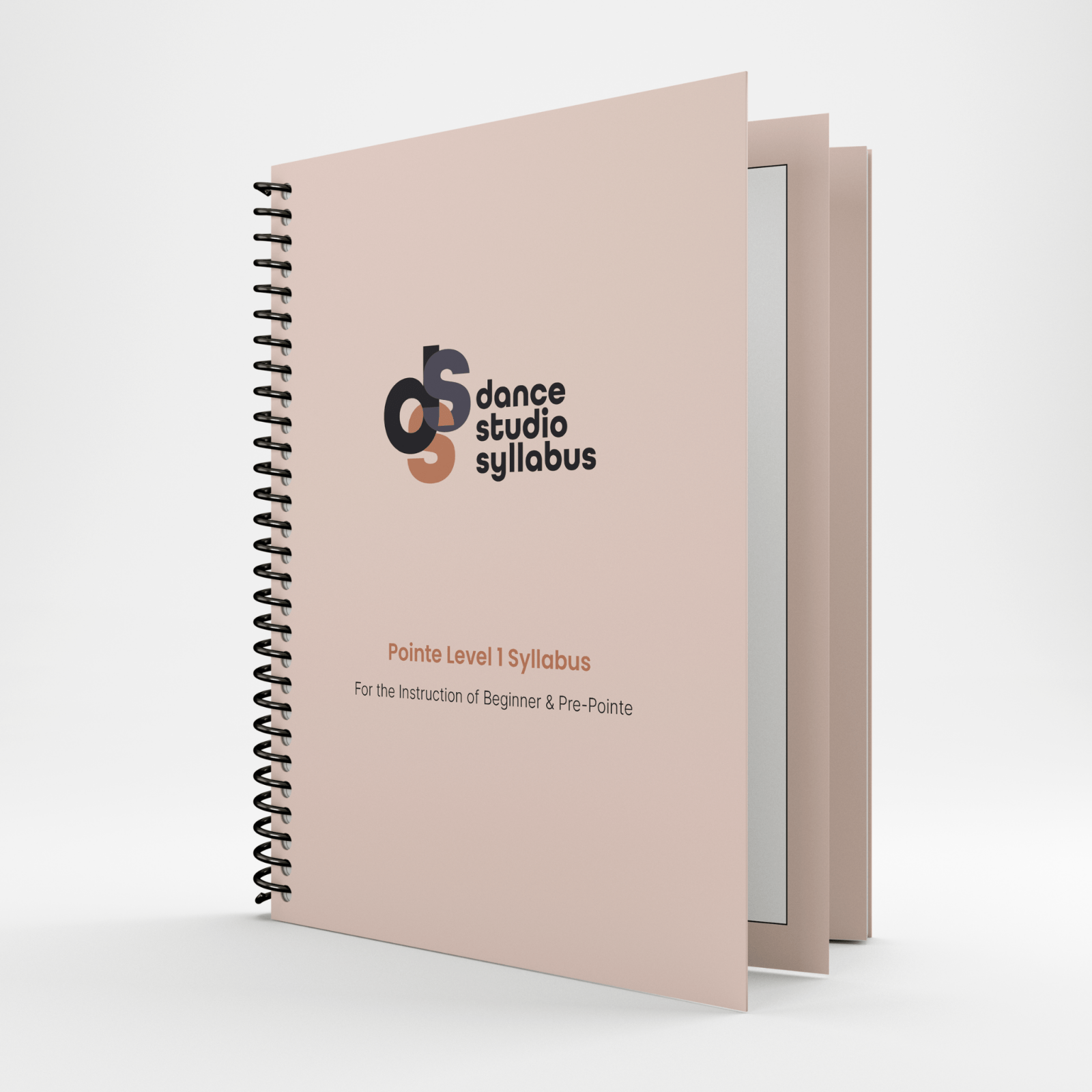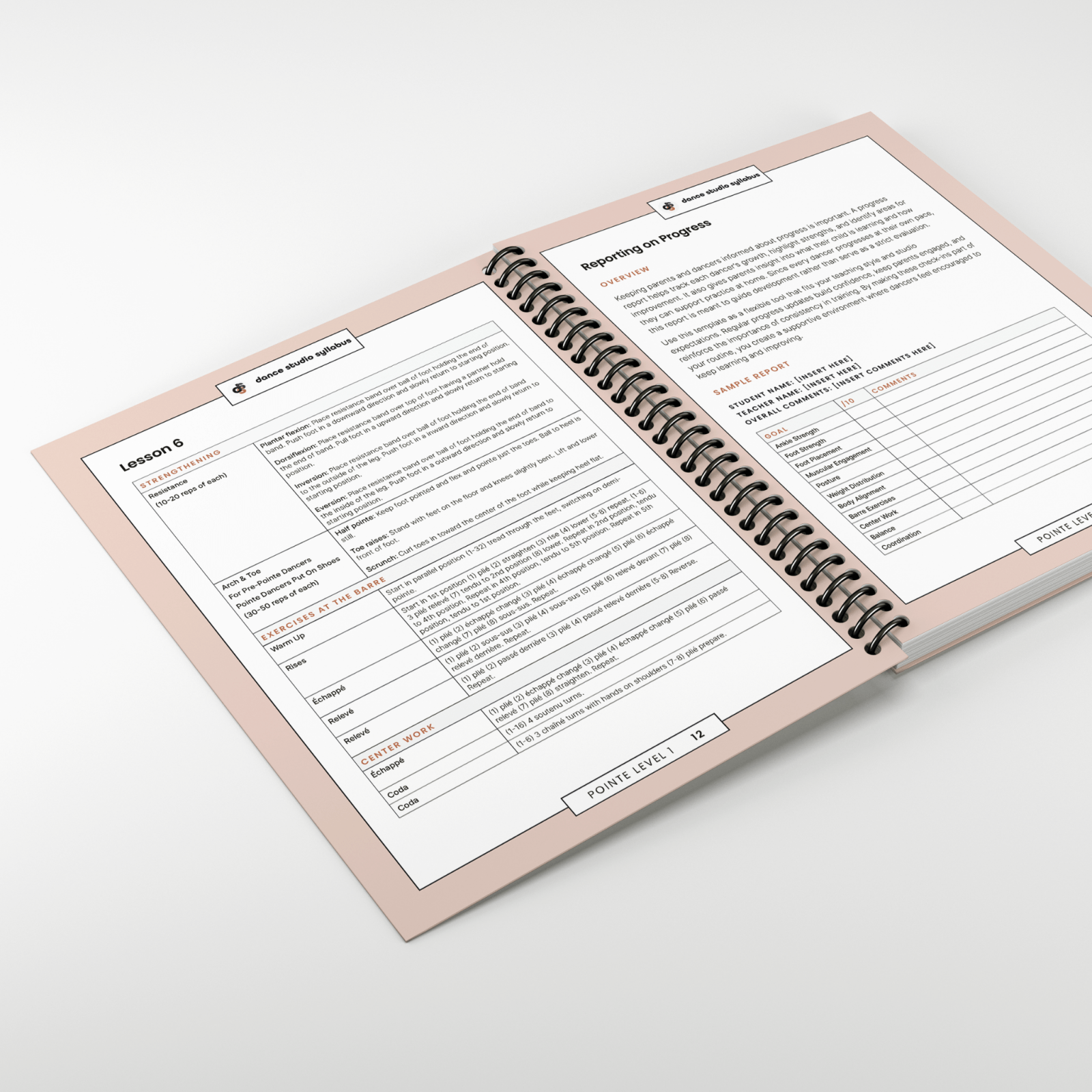Taking Notes in Dance Class: A Practical Strategy for Building Stronger Dancers
Every dance teacher knows the feeling: You give a thoughtful correction in class, watch a student nod, and then—poof—it’s gone by next week. Dancers mean well. But between choreography changes, quick transitions, and packed schedules, it’s easy for feedback to be forgotten and progress to feel… stuck.
One solution? Taking notes in dance class.
At first glance, it might sound too academic for the studio. But done intentionally, this simple habit helps dancers internalize corrections, track their growth, and build the self-awareness they need to thrive. For studio owners, it becomes a built-in tool for accountability, communication, and culture-building.
That’s why we created the Dance Student Journal—a purpose-built tool to help your students (and your studio) get more from every class.
Why Taking Notes in Dance Class Works
Dance class moves fast. One correction blends into the next. One combination gets replaced by another. One goal gets abandoned for a performance deadline.
It’s no wonder dancers forget feedback.
When students take time to write down corrections, intentions, and goals, they’re far more likely to retain that information, return to it later, and apply it across classes.
And the benefits don’t stop there. Thoughtful note-taking also helps:
-
Reinforce teacher feedback
-
Encourage self-reflection
-
Clarify expectations
-
Build goal-oriented habits
-
Make progress visible to students, teachers, and parents alike
It’s not about overloading students with busywork. It’s about giving them tools to take ownership of their learning—both technically and artistically.
The Problem with Traditional Notebooks
You may have already asked your dancers to bring a notebook. You may have tried journaling prompts in class before. But if you’ve ever seen:
-
Blank pages halfway through the year
-
Misplaced spiral-bound notebooks
-
Entries that say “stretching” and “we did across-the-floor” and nothing else...
You already know: a generic notebook just doesn’t cut it.
Students often don’t know what to write, how to track corrections, or why their notes matter. Without structure and intention, most dancers won’t see the value—and you won’t see results.
Introducing the Dance Student Journal: A Note-Taking Tool That Works
We designed the Dance Student Journal to solve this exact problem. It’s not just a pretty notebook—it’s a training companion that helps dancers turn each class into measurable progress.
Built specifically for dancers ages 8+, the journal guides students through structured weekly entries and reflection sections that align with the same pedagogical structure used in our full Dance Studio Syllabus curriculum.
Whether you’re using our ballet, jazz, preschool, creative movement, or pointe syllabi, the journal reinforces what you’re already teaching—without requiring any extra prep on your part.
Weekly Pages That Reflect Real Classroom Flow
Each weekly spread is organized with fields that help dancers record and revisit what matters most:
-
Focus Areas – both collective goals for the class and individual dancer goals
-
Encouragements – specific affirmations or positive feedback noted by class
-
Corrections – organized by class so dancers can apply feedback more intentionally
-
Choreography Learned – a place to track what pieces were introduced or reviewed
-
Notes – open space for anything that stood out
-
Weekly Wins – a dedicated spot to celebrate what went well, again by class
These prompts aren’t about writing essays—they’re short, meaningful check-ins that create a habit of reflection without overwhelming your students.
By revisiting their journal each week, dancers learn to recognize patterns in their progress. They start to see their own growth. They begin anticipating feedback and applying it sooner. That kind of awareness builds true, lasting confidence.
Built-In Structured Lesson Review
In addition to weekly entries, the journal includes structured checkpoints throughout the school year to support long-term growth and season-wide planning:
-
Open-ended reflections that help dancers track progress over time
-
Season goals and follow-up with summary prompts to reinforce intentional training
-
A terminology section to support retention and technical literacy
-
Notes & inspiration pages for mindset work and artistic motivation
-
A section for important dances and weekly schedule tracking, especially helpful during show prep and competition season
How Dance Teachers Are Using the Journal in Class
If you're wondering how to fit this in without disrupting the flow of your lesson plan, here are a few teacher-tested, dancer-approved ideas:
1. Set aside 3–5 minutes at the end of class
Build in time at the end of each class for dancers to jot down key takeaways. Over time, it becomes part of the studio culture—and students start looking forward to their moment of reflection.
2. Let dancers opt out of an exercise
For younger or neurodiverse students, offer the option to sit out of any exercise—whether it's across-the-floor, a center combination, or a review run—so they can write meaningful notes instead. Some dancers process better through writing than movement, and taking time to reflect can help them return to class with stronger focus and retention.
3. Use the journal in evaluations
During mid-year or end-of-year check-ins, have dancers bring their journals to show what they’ve been working on. It’s a great conversation starter with both students and parents—and an easy way to make progress visible.
4. Use structured lesson review throughout the season
Assign the journal’s built-in reflection pages at key moments—like mid-season breaks, before evaluations, or post-recital. These sections help dancers revisit their goals, summarize what they’ve learned, and reflect on growth over time, reinforcing both personal accountability and long-term progress.
Benefits for Studio Owners
You’re not just running classes. You’re running a business, a culture, and a community. The Dance Student Journal supports all three. It:
1. Reinforces Your Studio’s Standards
The journal helps formalize your teaching philosophy. It says, “We’re a studio that values intentionality, personal growth, and dancer development—not just trophies or tricks.”
2. Makes Teacher Feedback Stick
Instead of repeating the same corrections every week, you’ll start seeing dancers apply your feedback more consistently—because they’re writing it down, reviewing it, and taking it seriously.
3. Elevates Student–Parent Communication
Parents want to know what their child is learning. The journal provides a concrete window into the classroom and lets parents see how their dancer is growing beyond just recital routines.
4. Opens Up a New Revenue Stream
With bulk discounts starting at just $12.50 per journal, you can bundle the journal into tuition, sell it in your studio shop, or require it for upper levels. It’s a no-prep product that adds value to your program—and makes you look even more professional in the eyes of your clients.
The Power of Ownership
At the end of the day, teaching dancers to take notes is really about teaching them to take ownership.
Ownership of their training.
Ownership of their attitude.
Ownership of their artistry.
When students feel empowered to reflect, apply corrections, and set goals, their progress accelerates. They move from passive participants to engaged learners. They show up differently. They grow faster. And they enjoy the journey more.
The Dance Student Journal doesn’t just improve note-taking—it transforms the way your dancers engage with your teaching.
Ready to Add the Journal to Your Studio?
The Dance Student Journal is now available in both single copies and bulk studio orders.
It pairs perfectly with our full curriculum collection and gives your students a concrete way to extend the value of every class.
-
Turn feedback into progress
-
Celebrate effort and improvement
-
Give dancers the tools to take ownership
👉 Order the Dance Student Journal now
📦 Bulk discounts apply automatically at checkout!
Final Thoughts: Notes Today, Growth Tomorrow
Taking notes in dance class isn’t about perfection—it’s about intention. It’s about giving dancers space to remember, reflect, and rise.
With the right tools and a few minutes each week, your dancers can build a habit that fuels their technique, their confidence, and their love for the art form.
Equip them with the journal that makes it easy.
